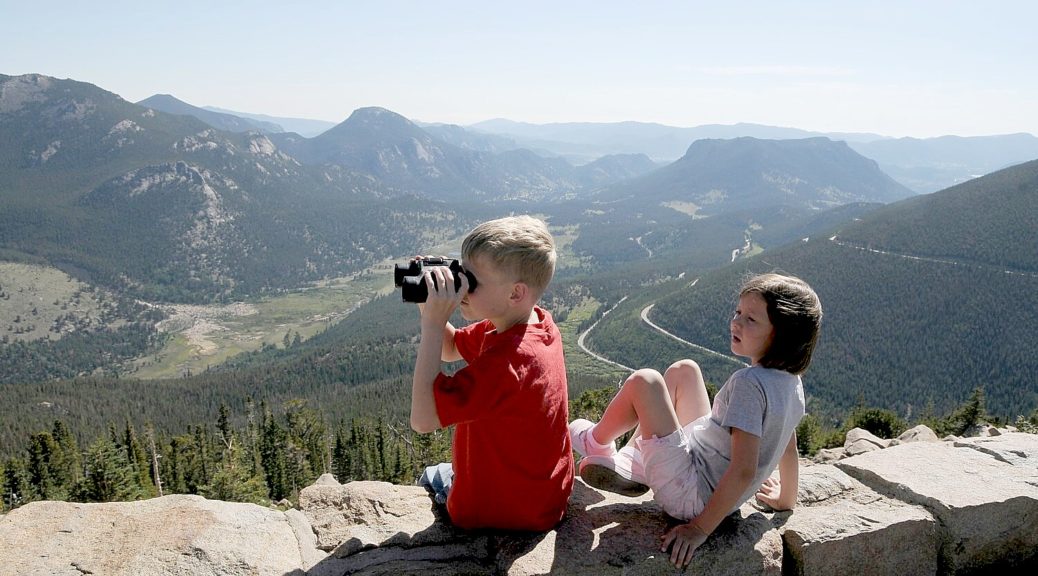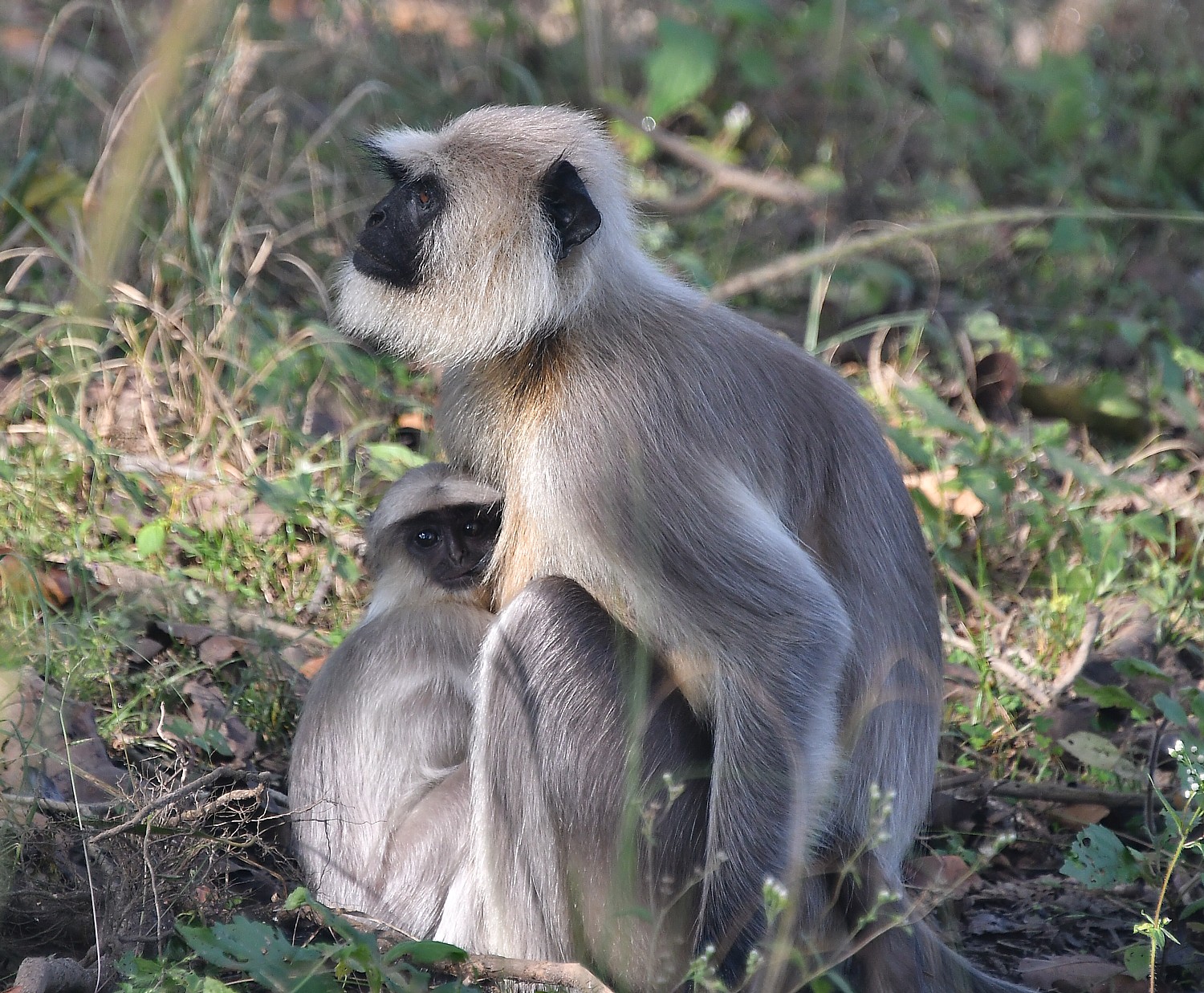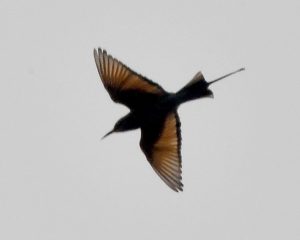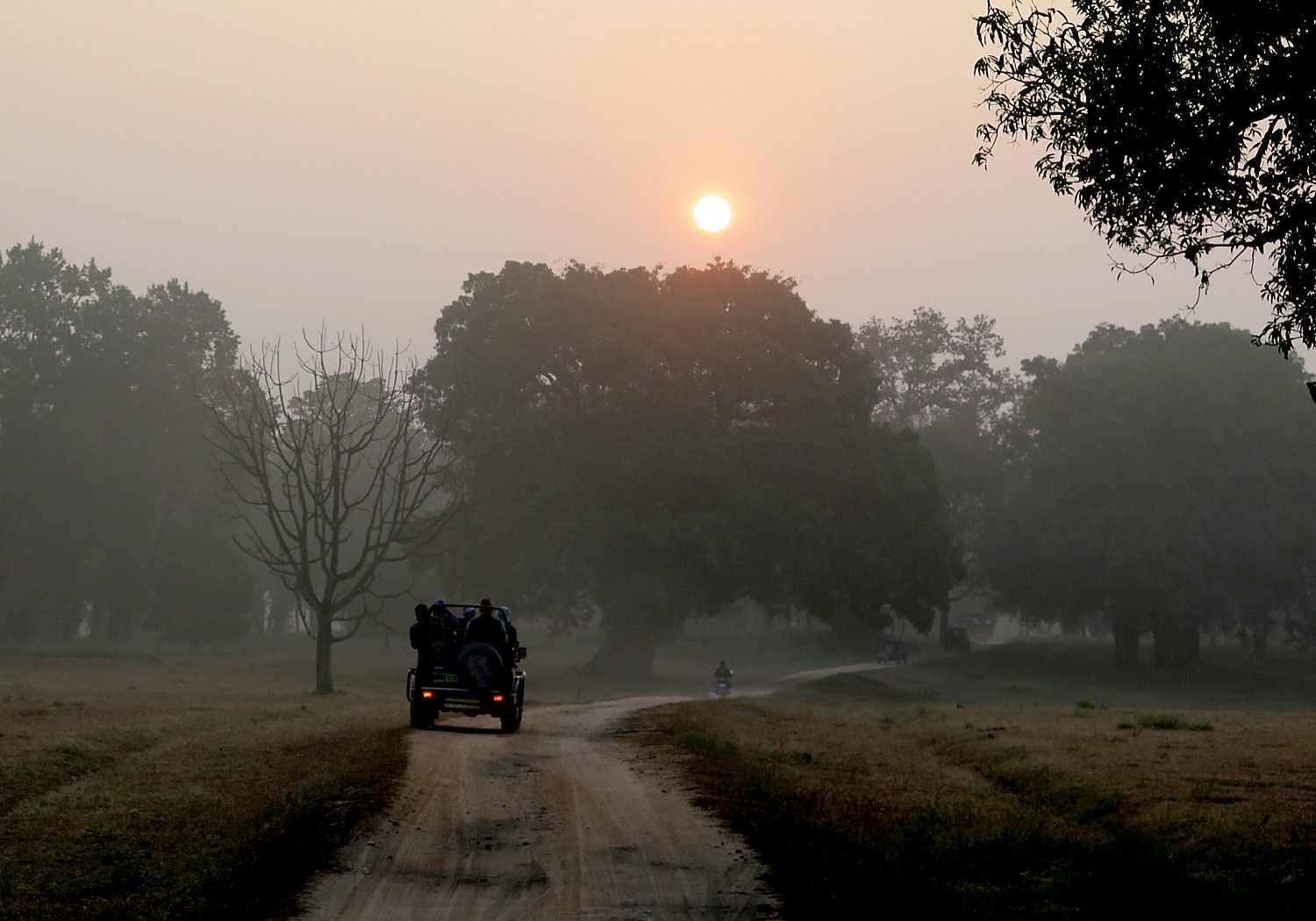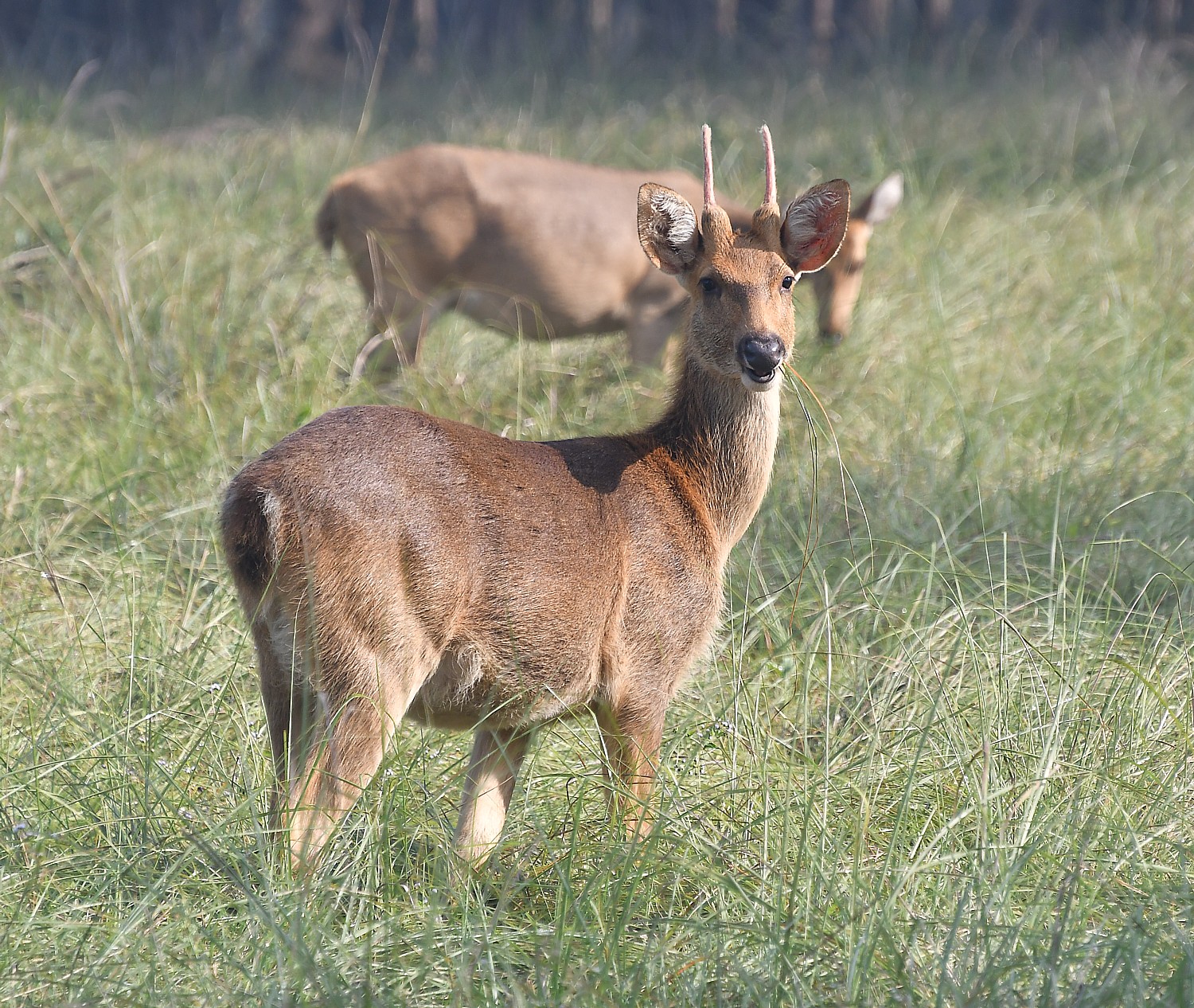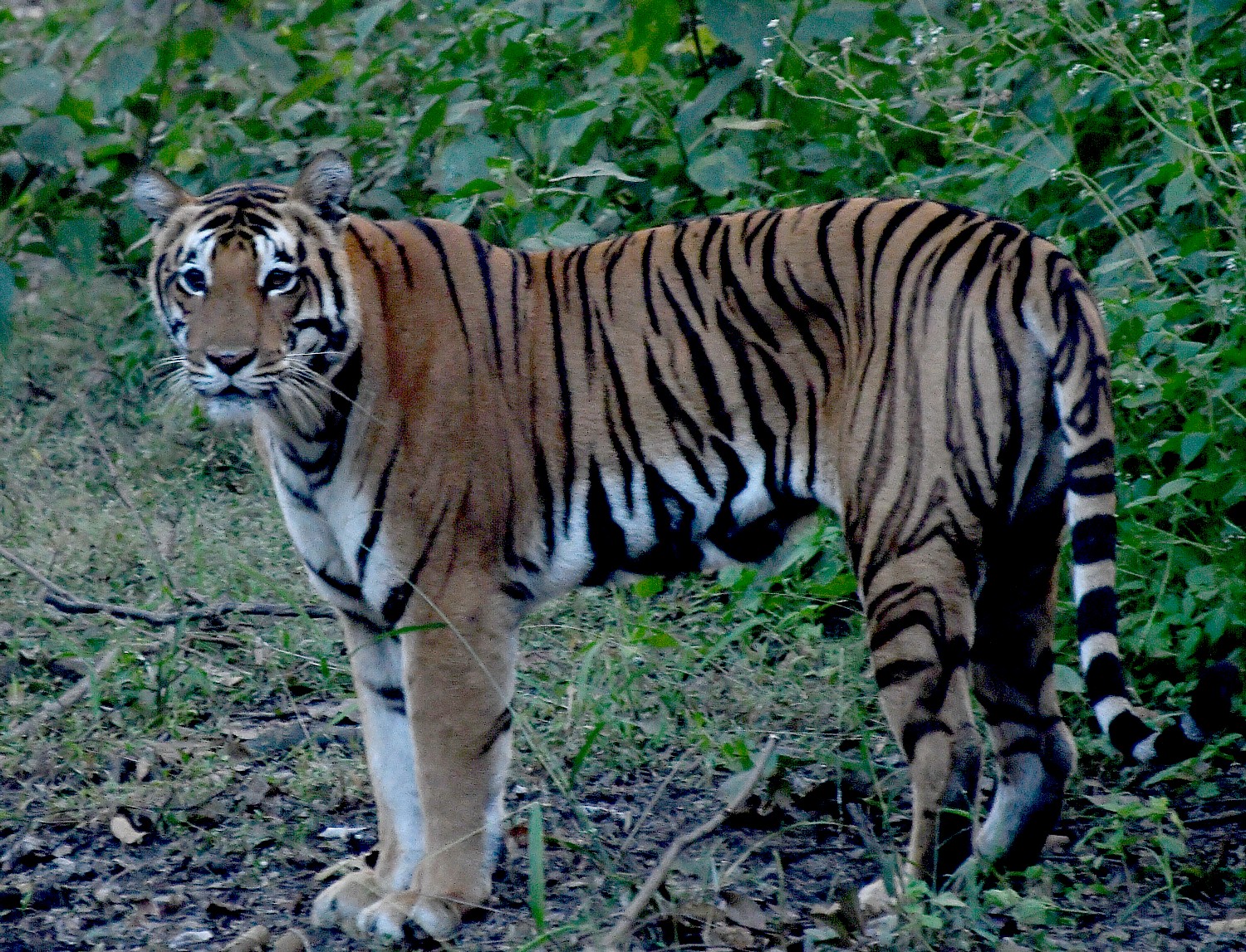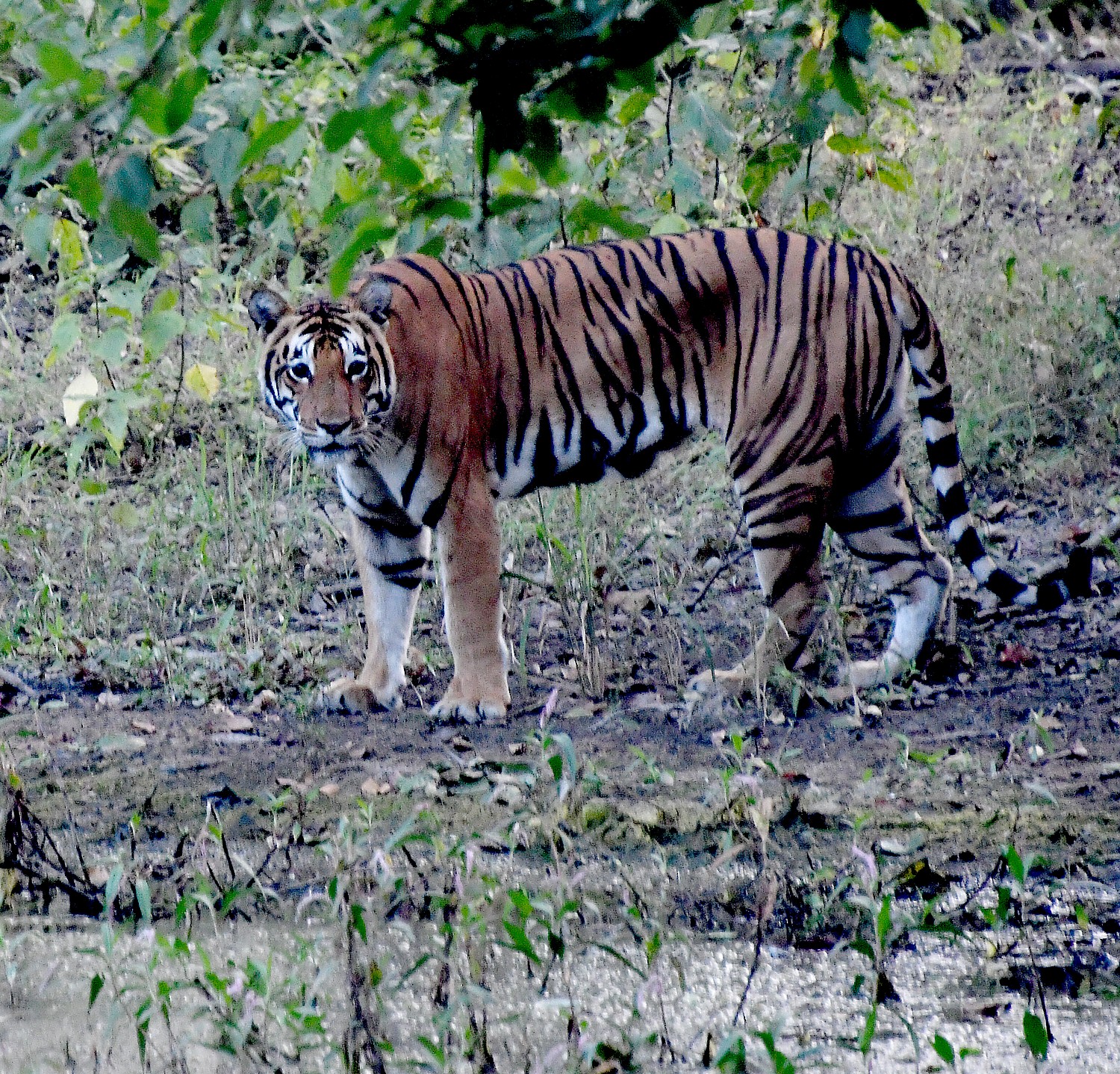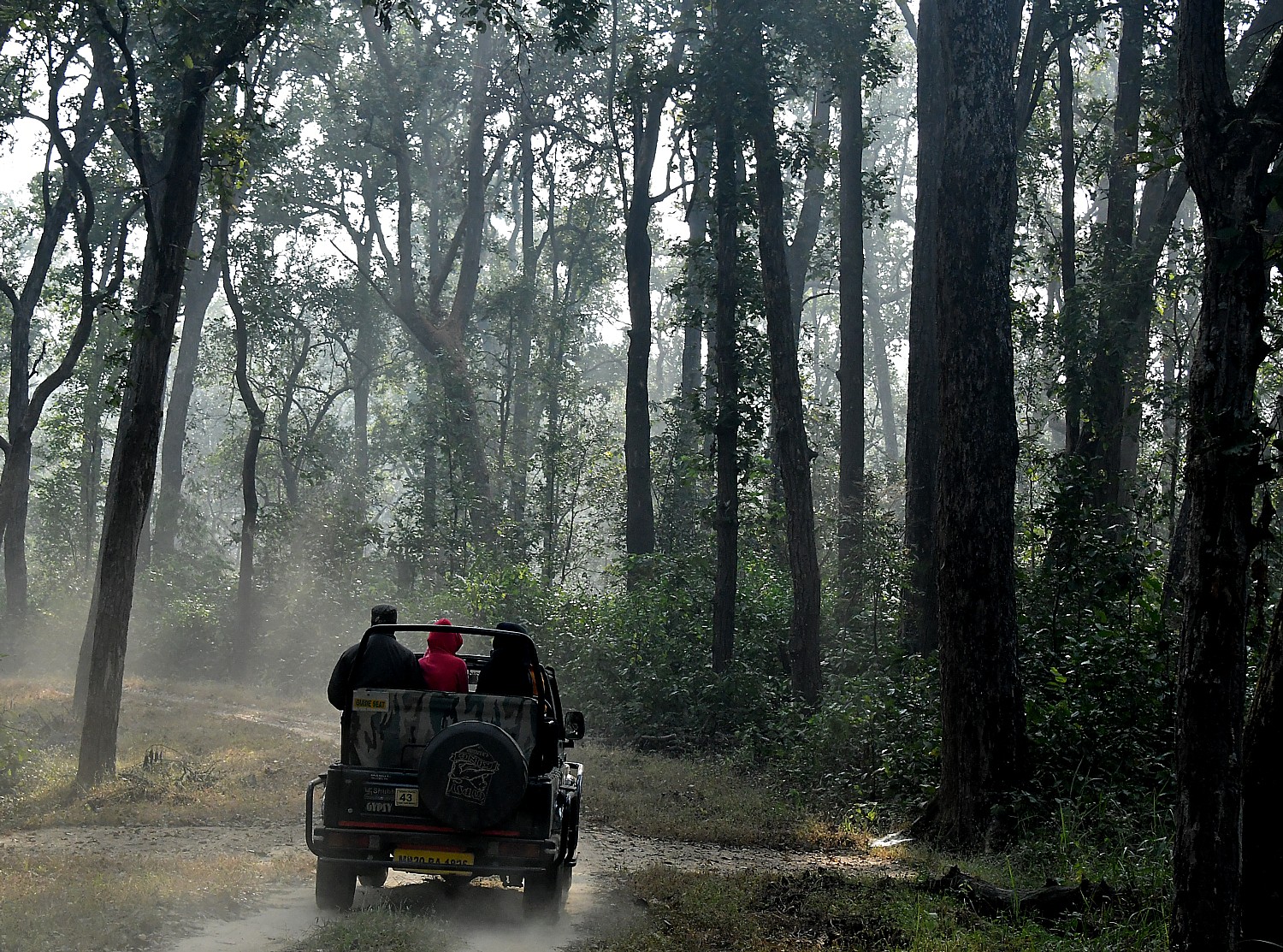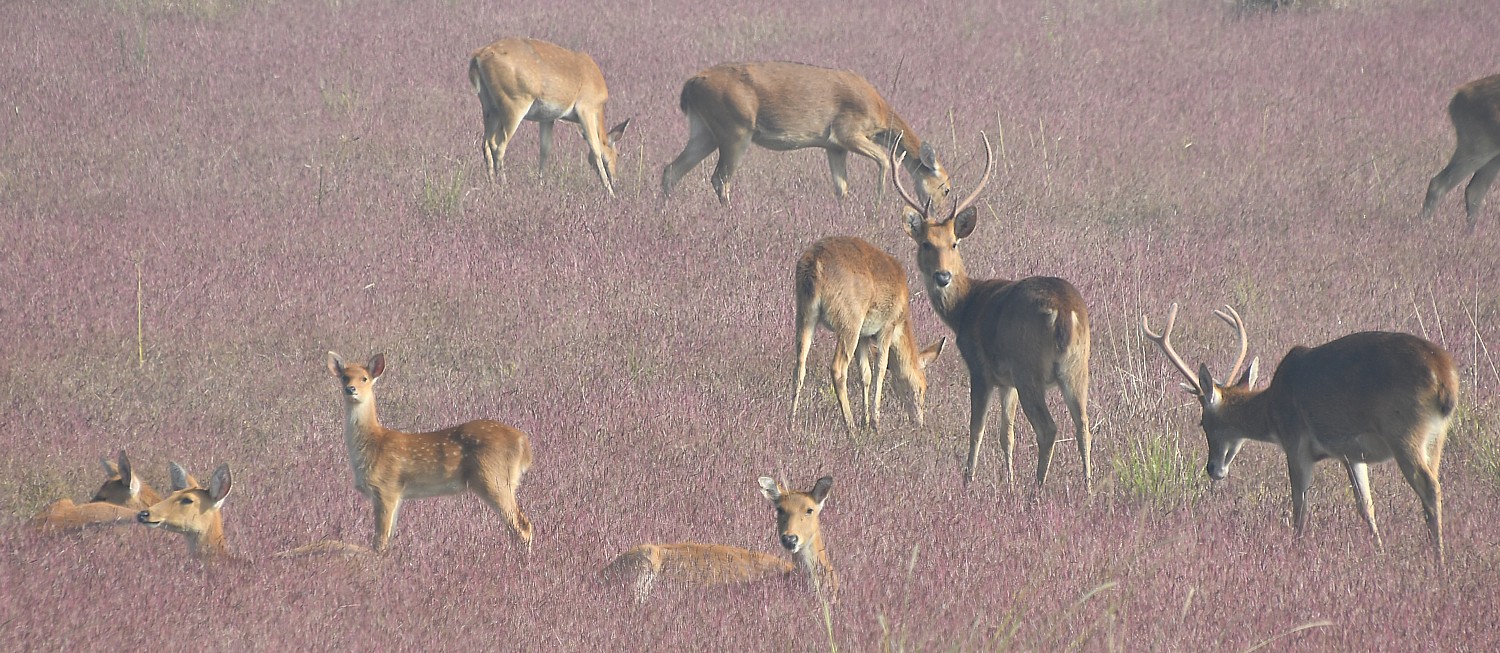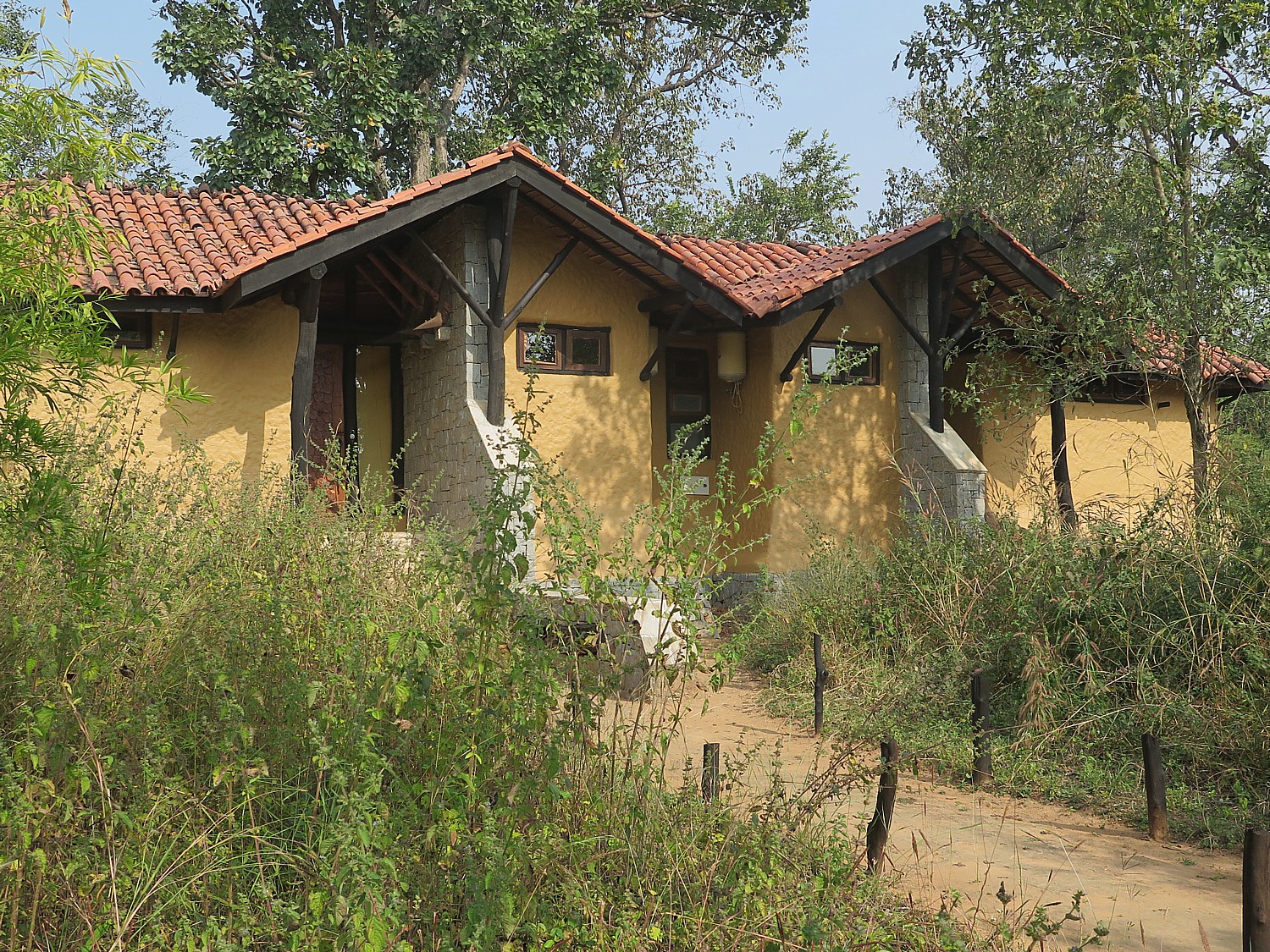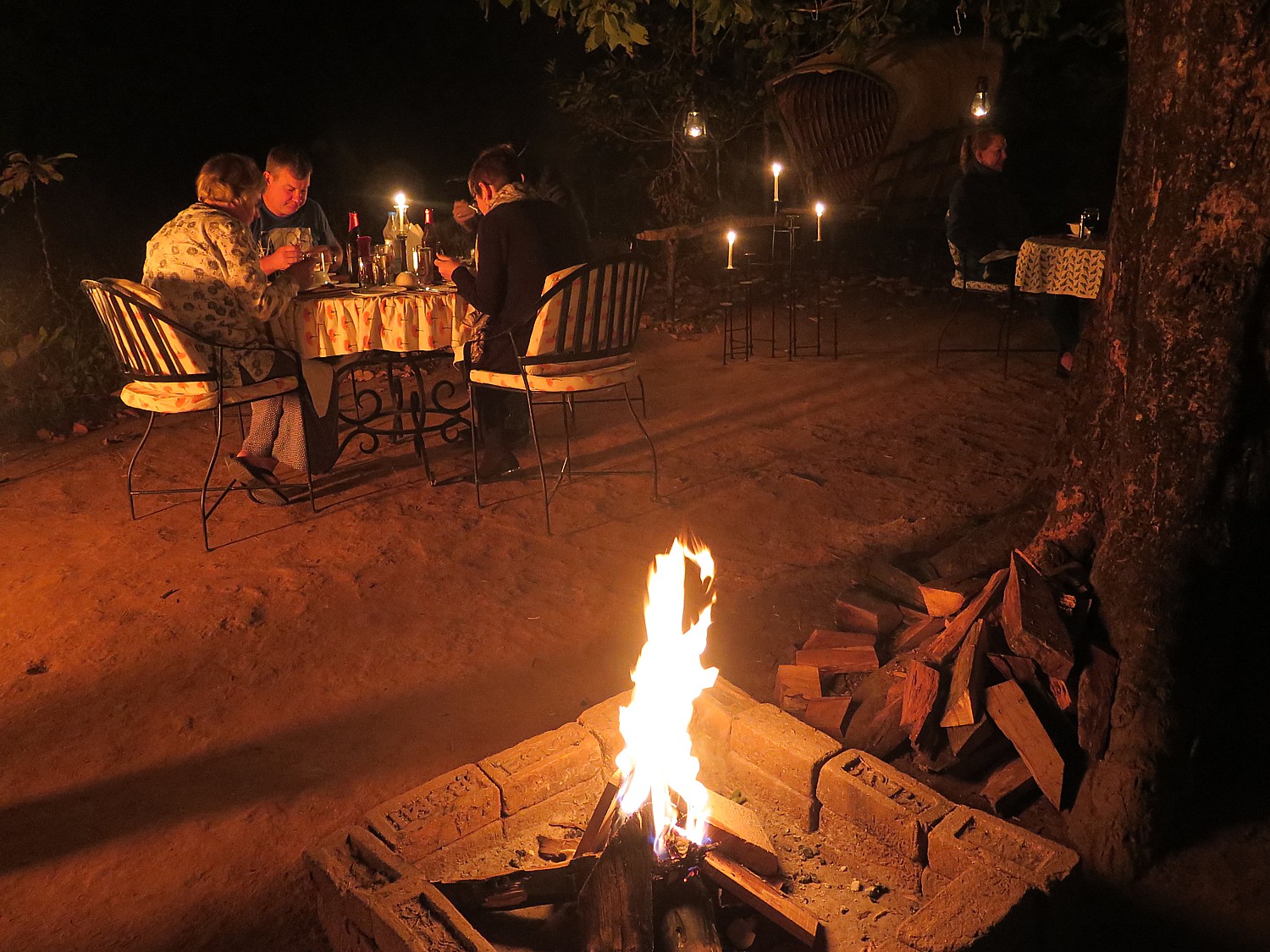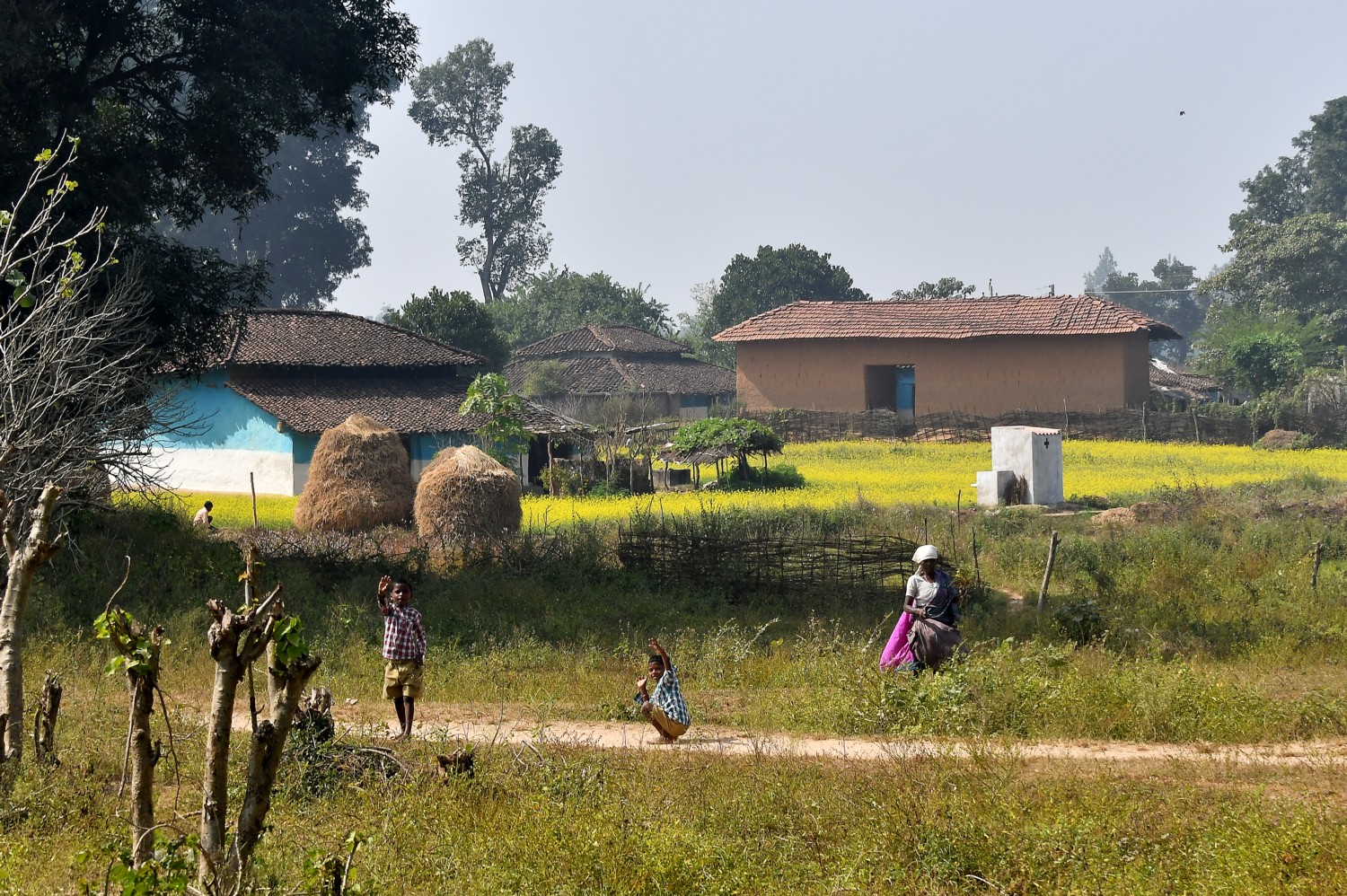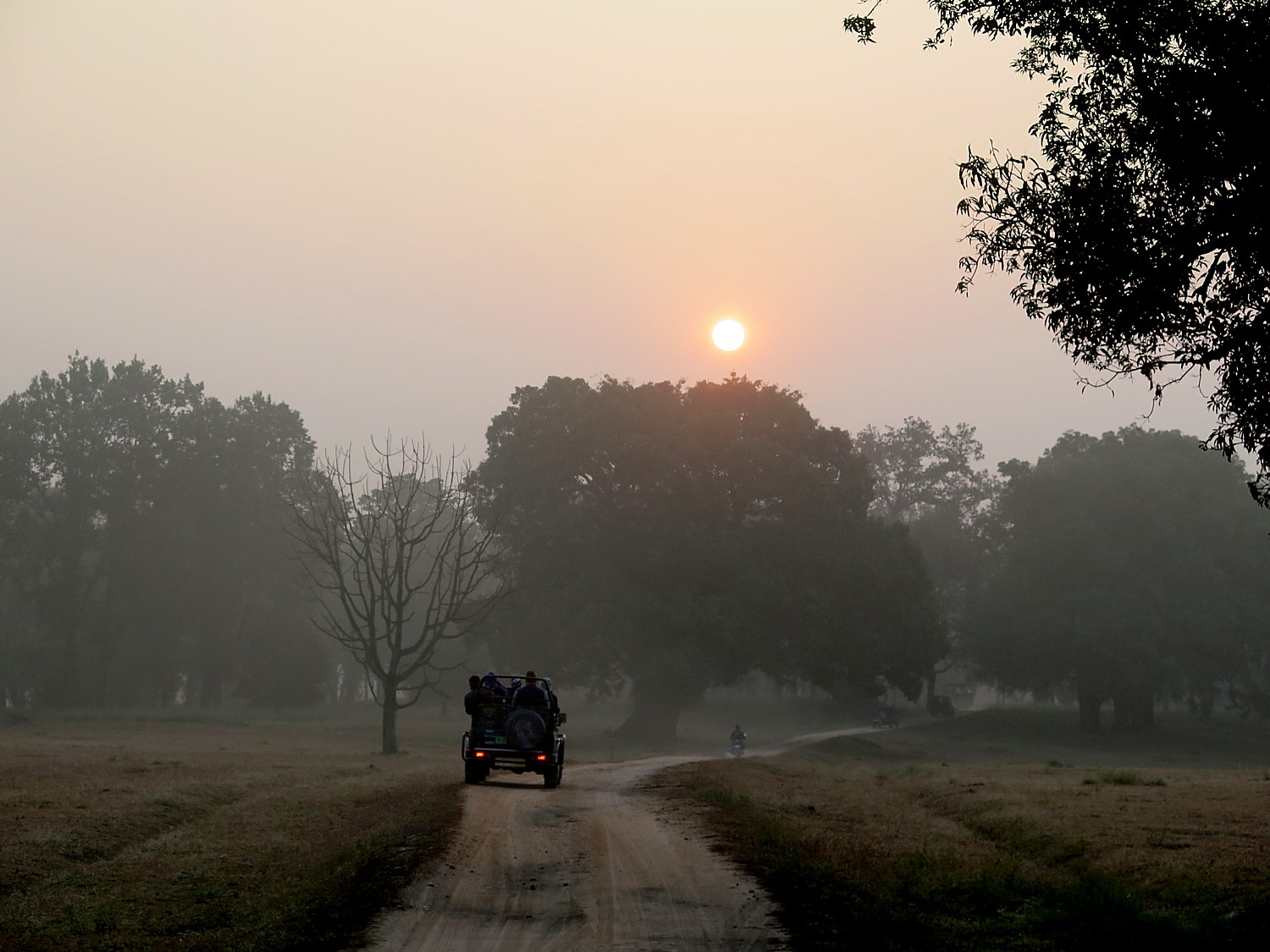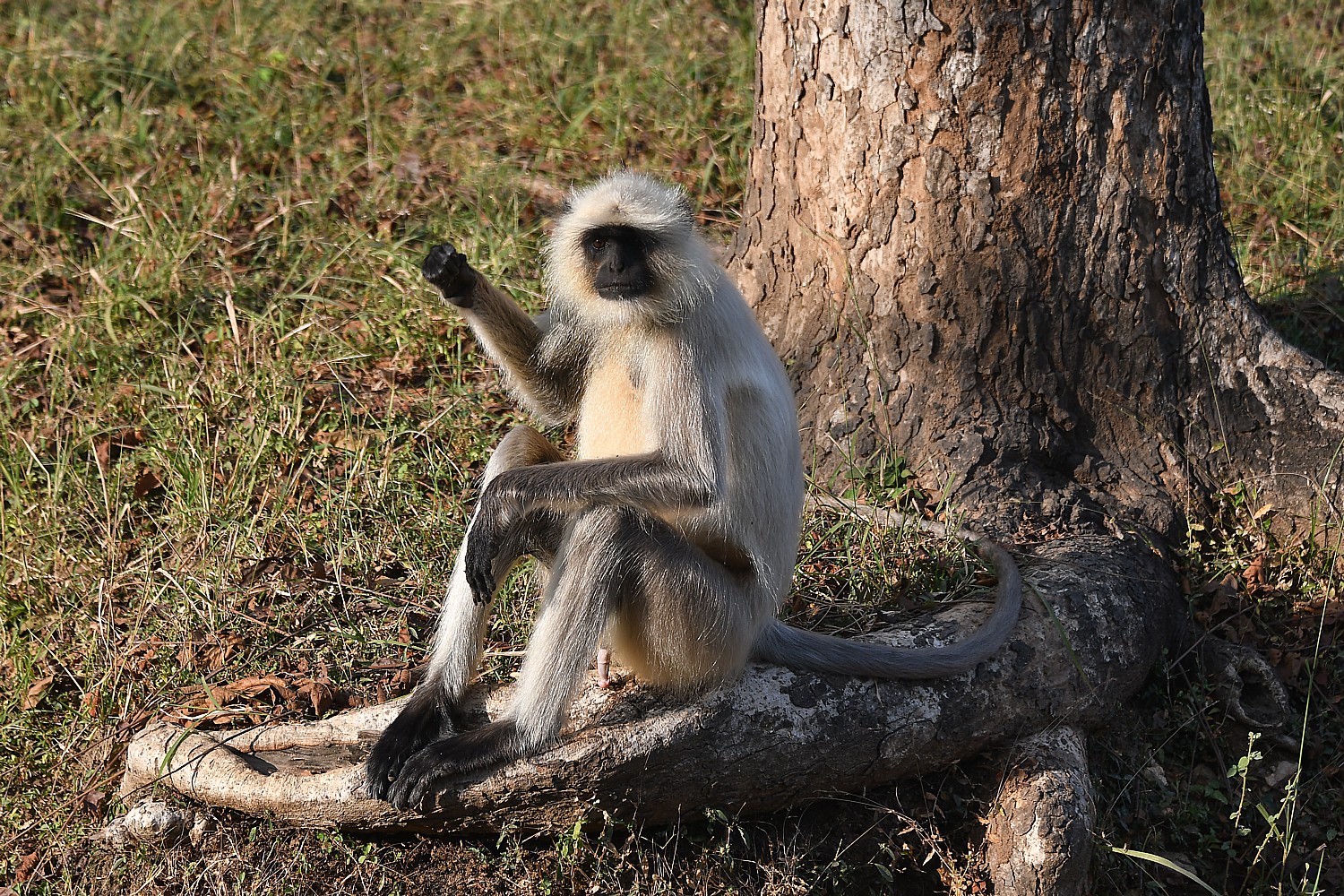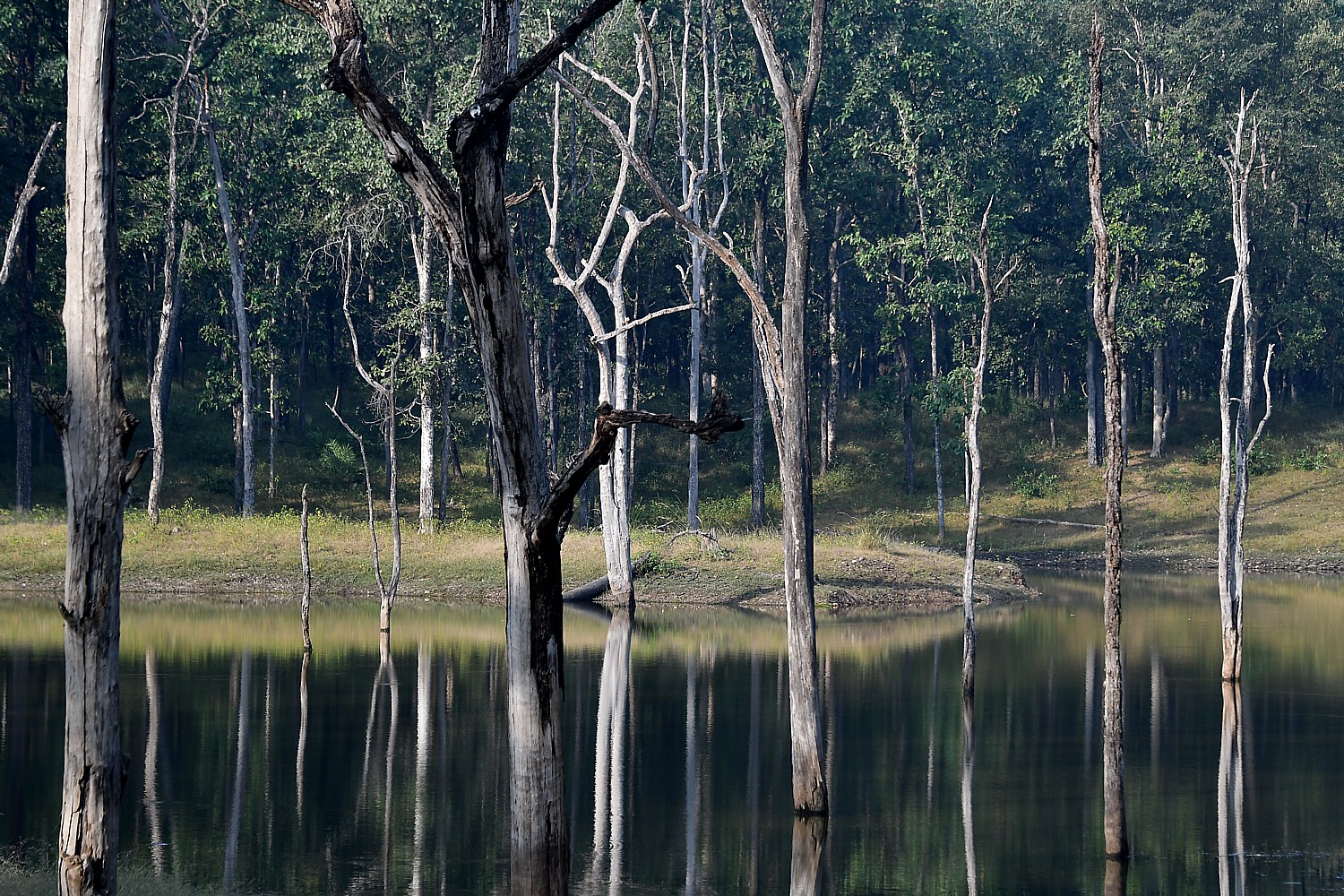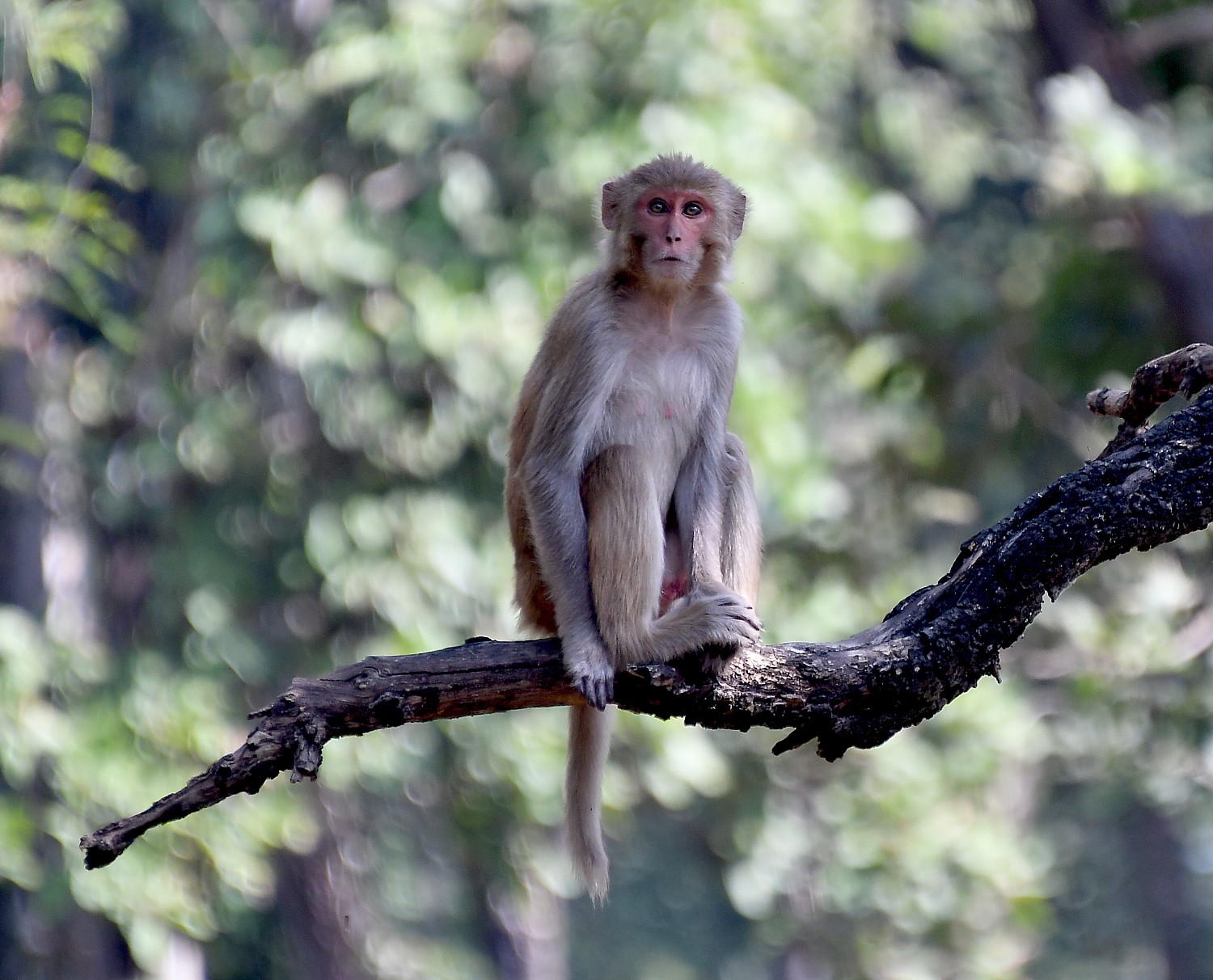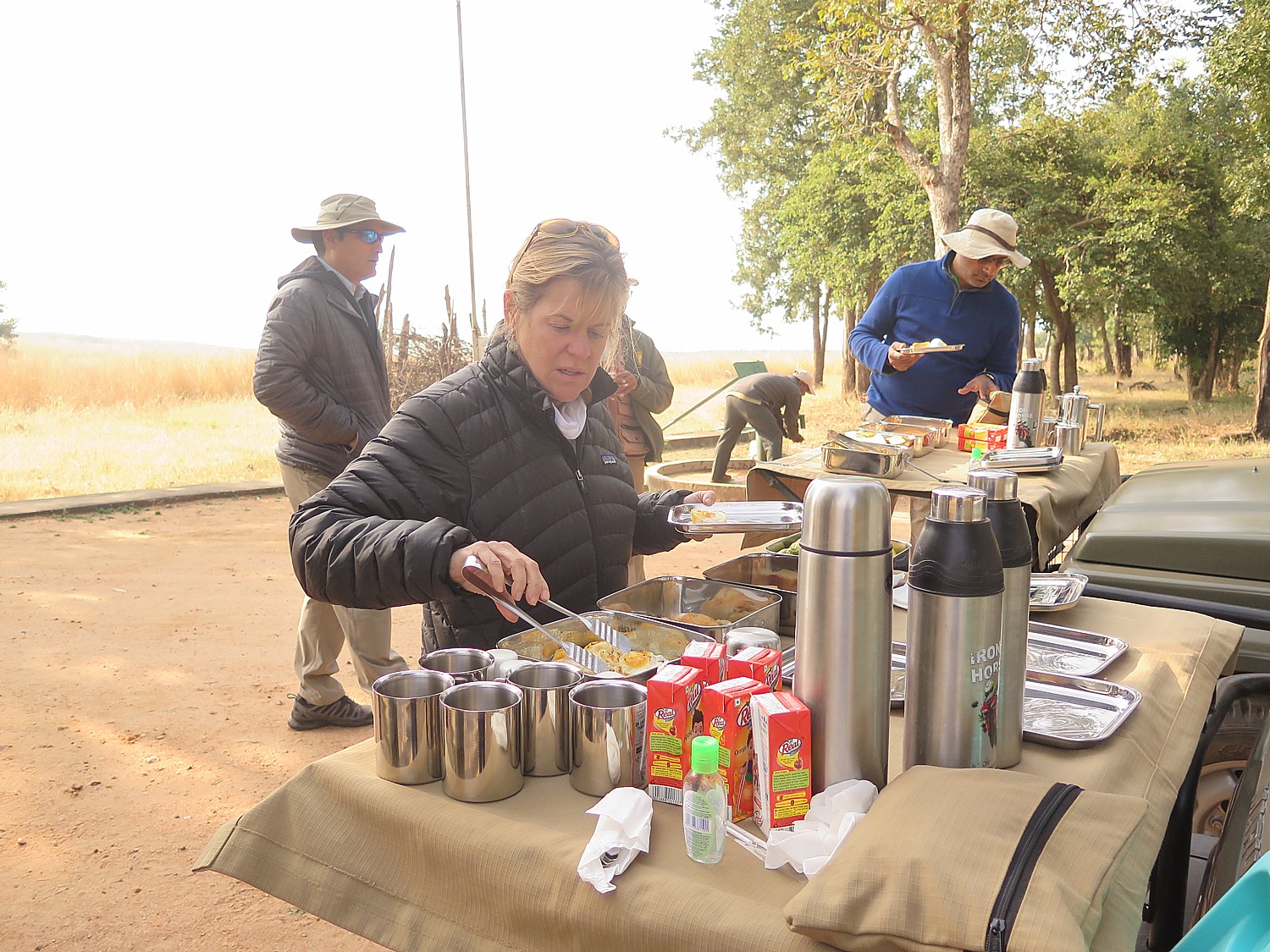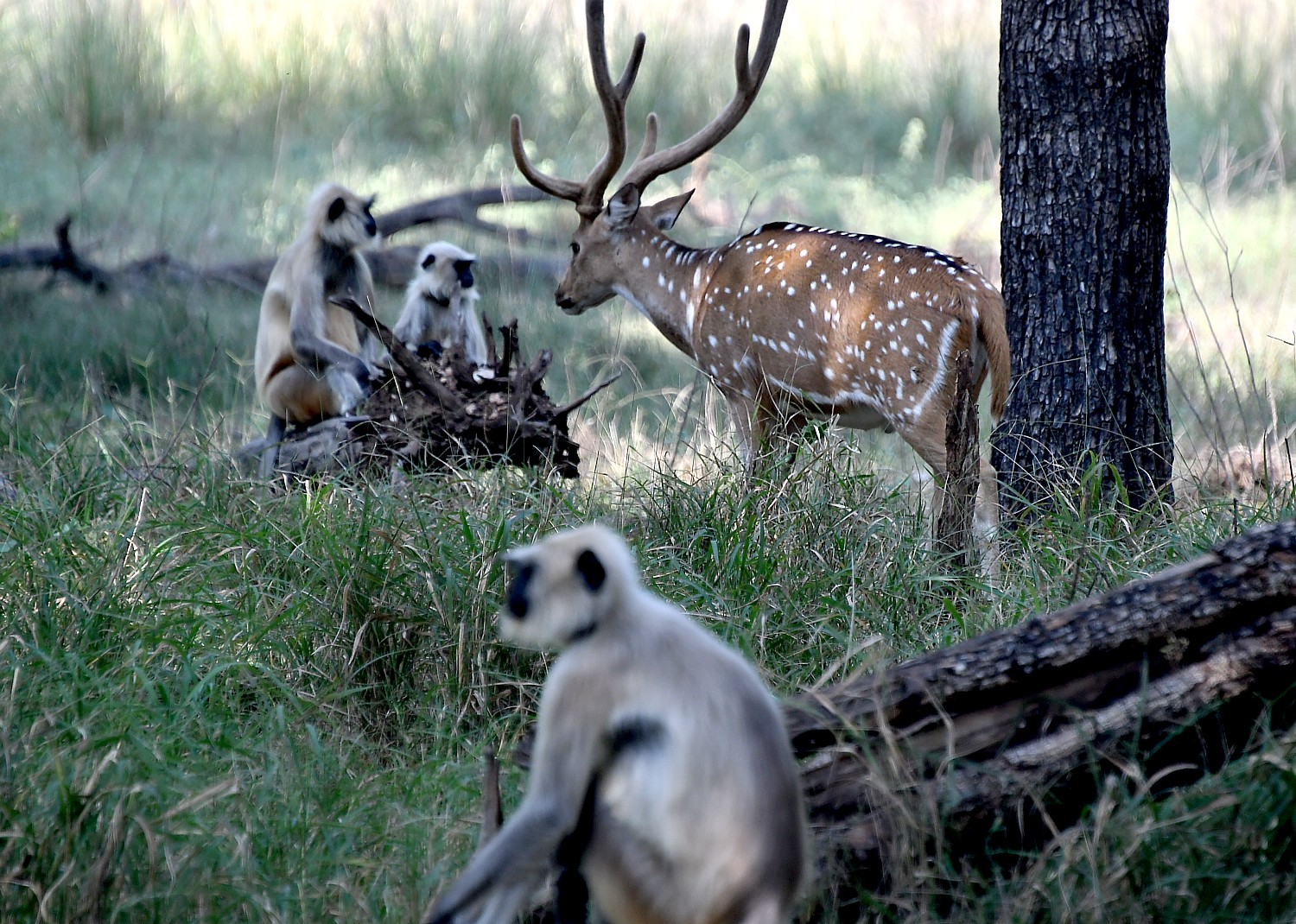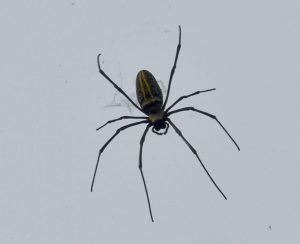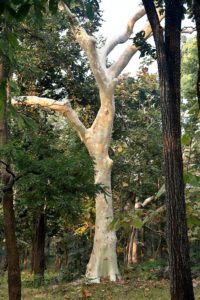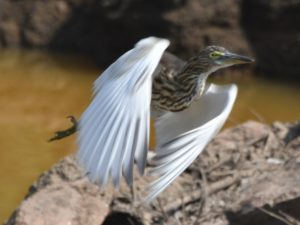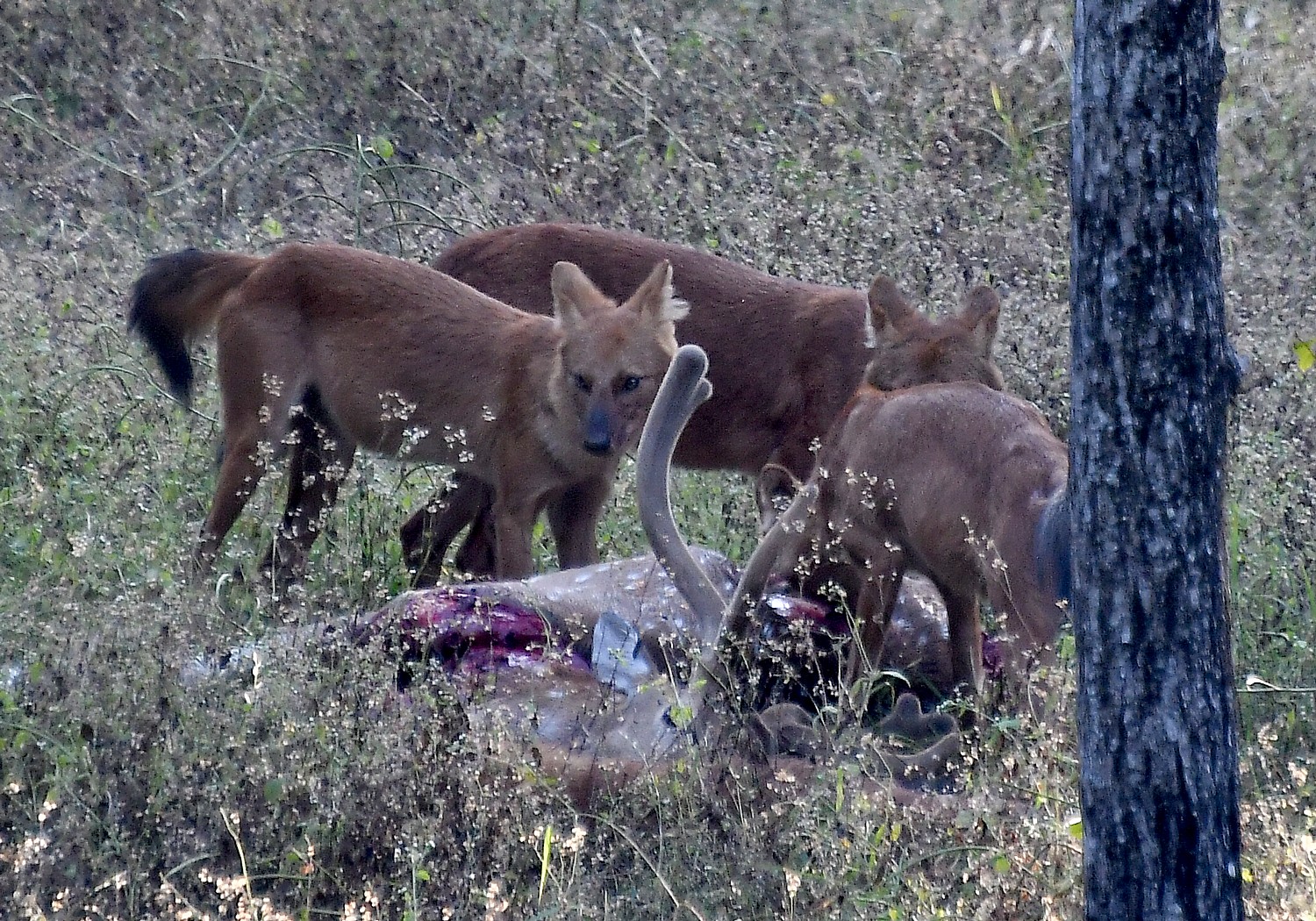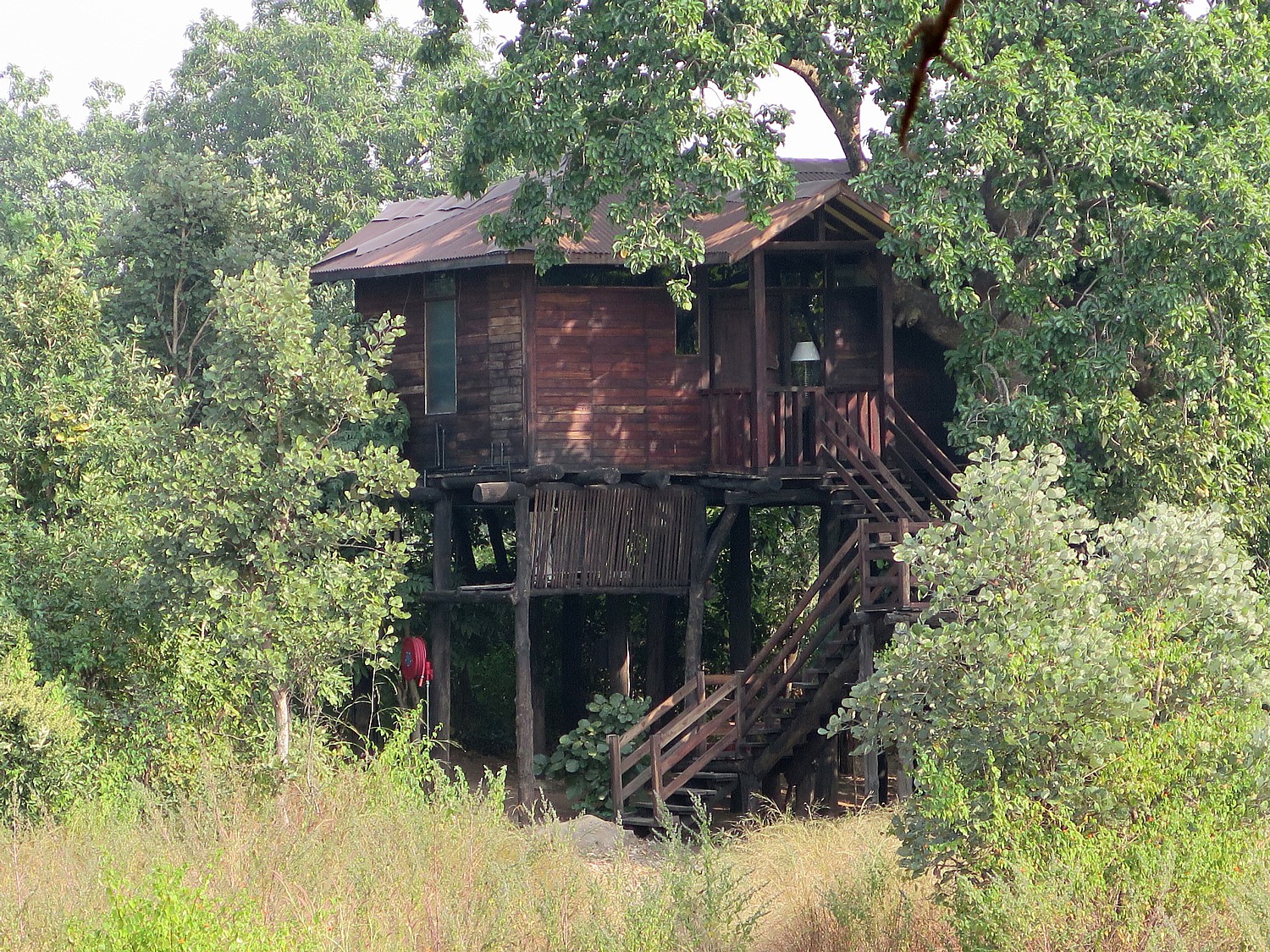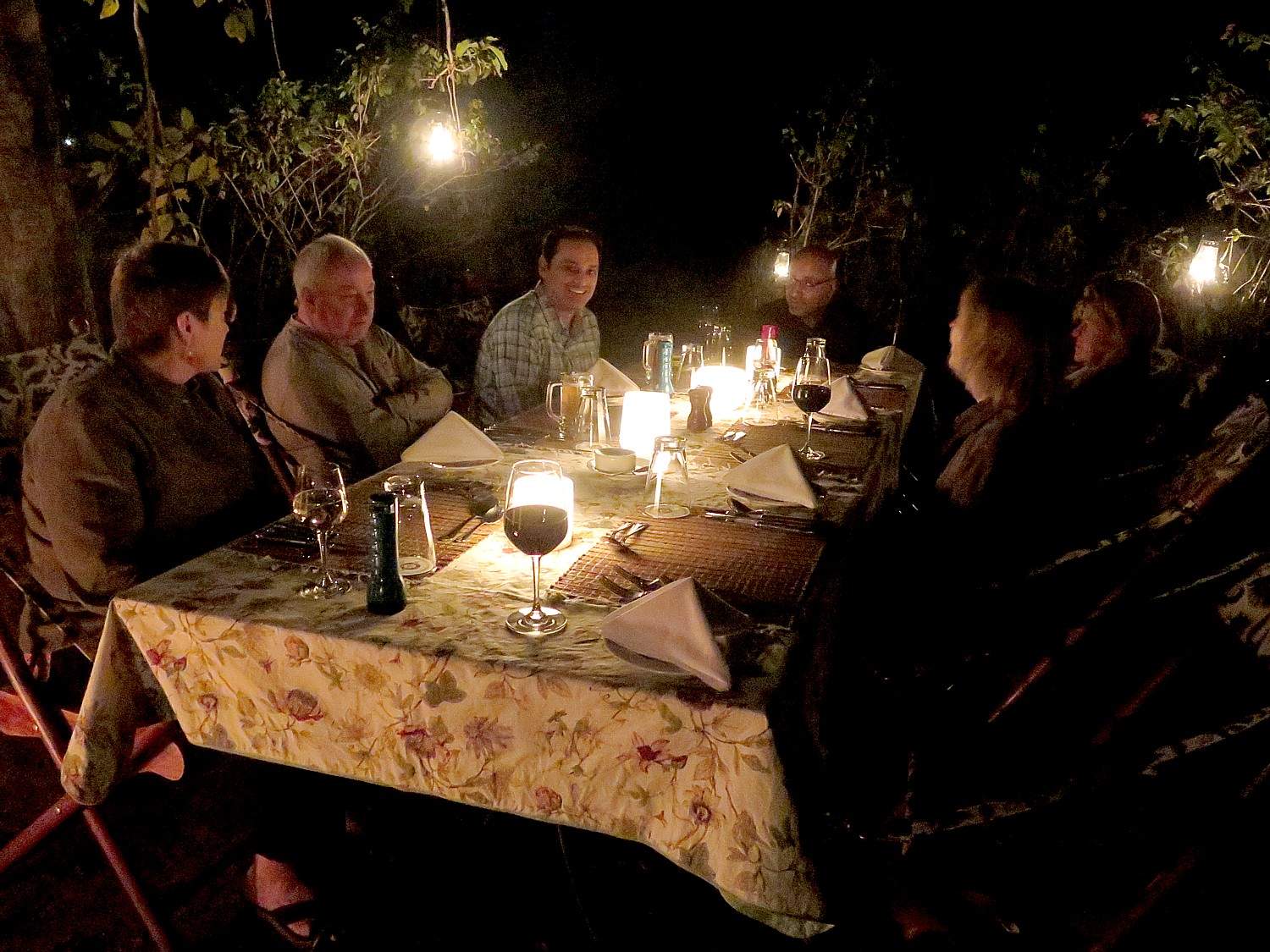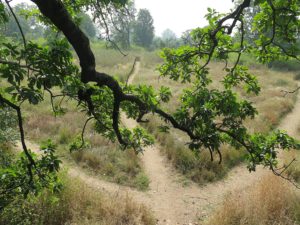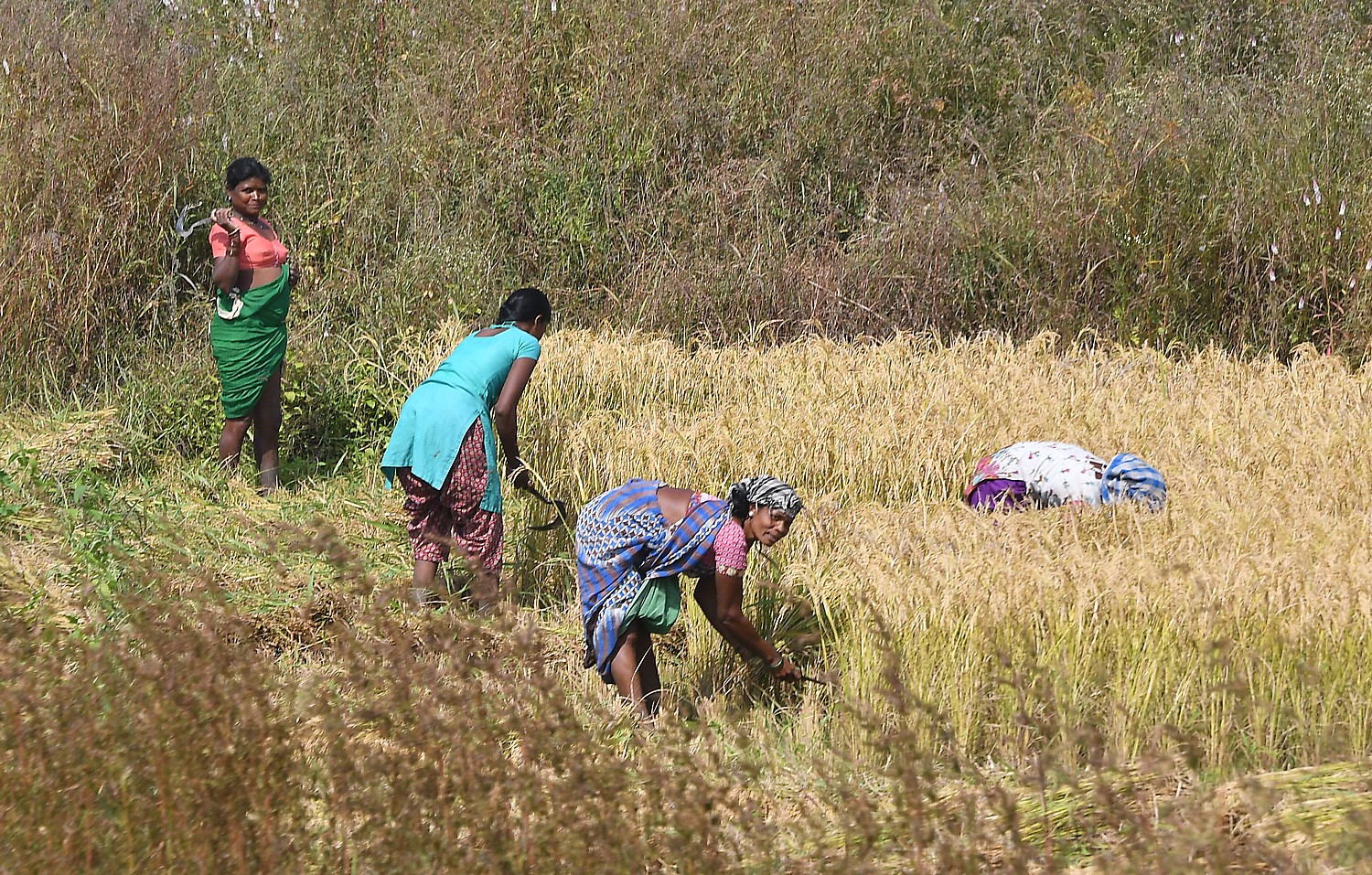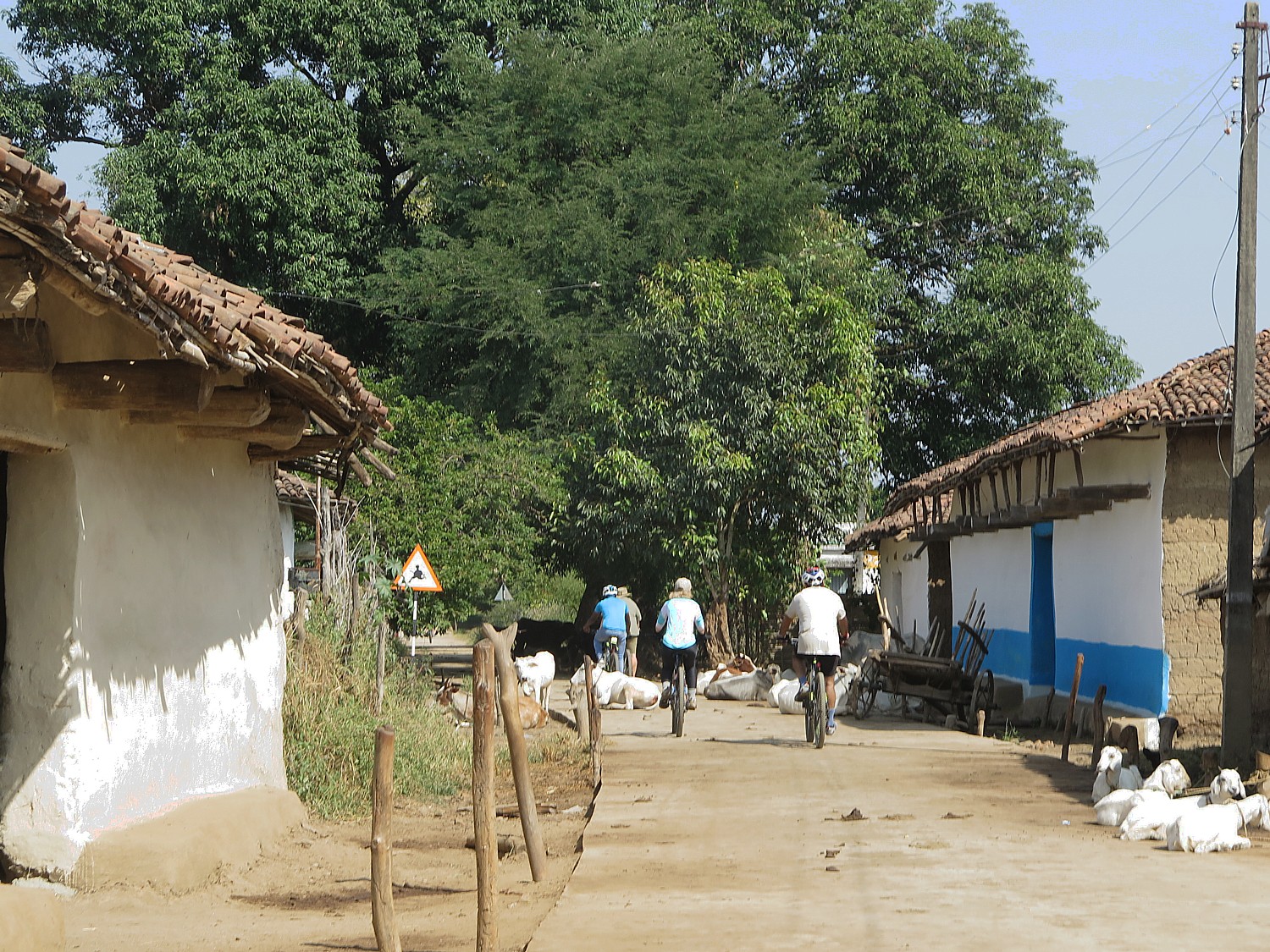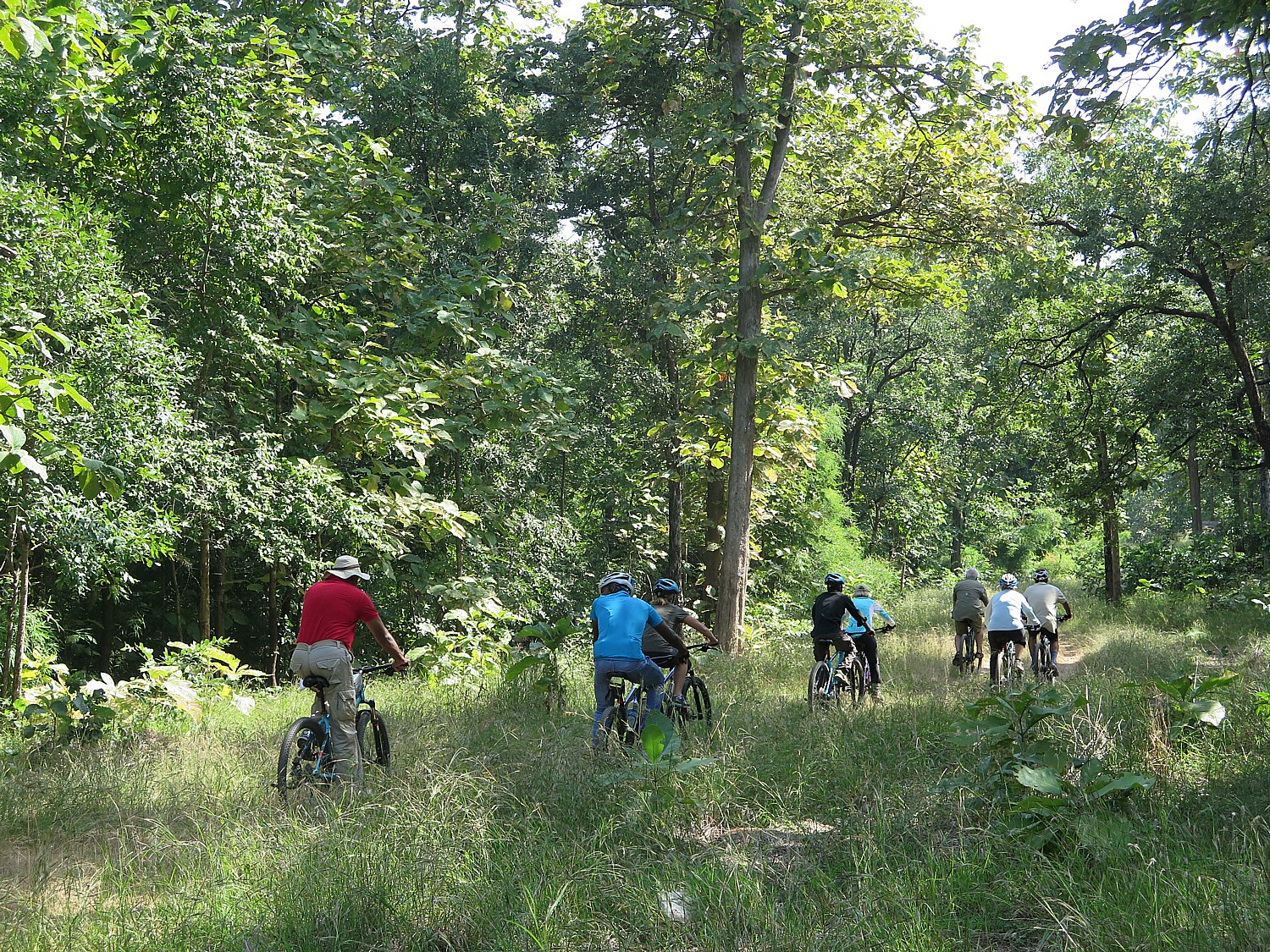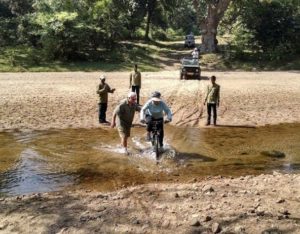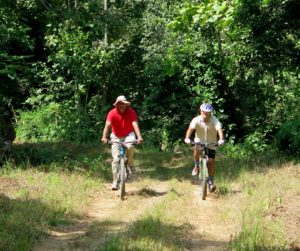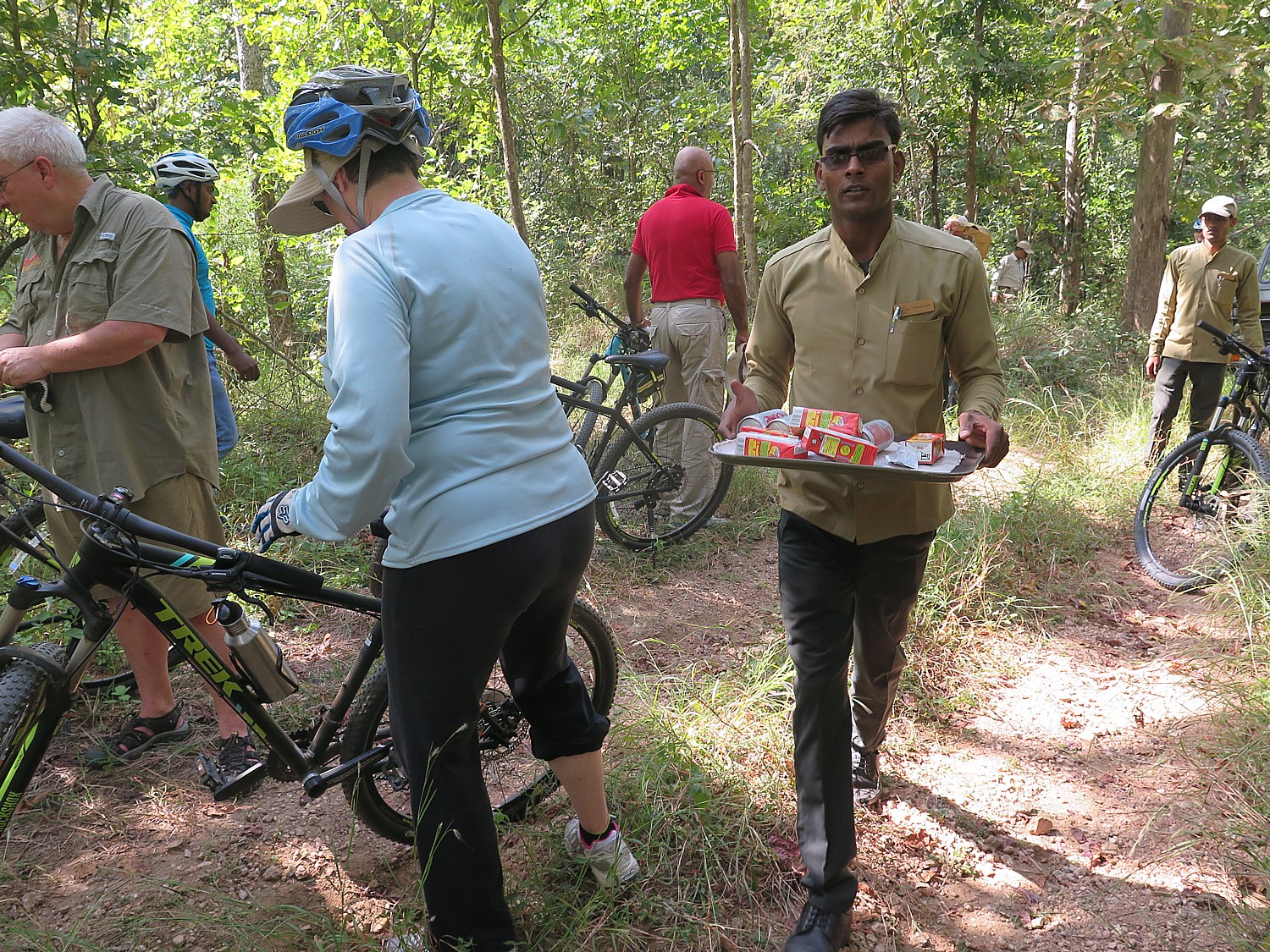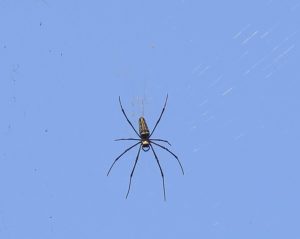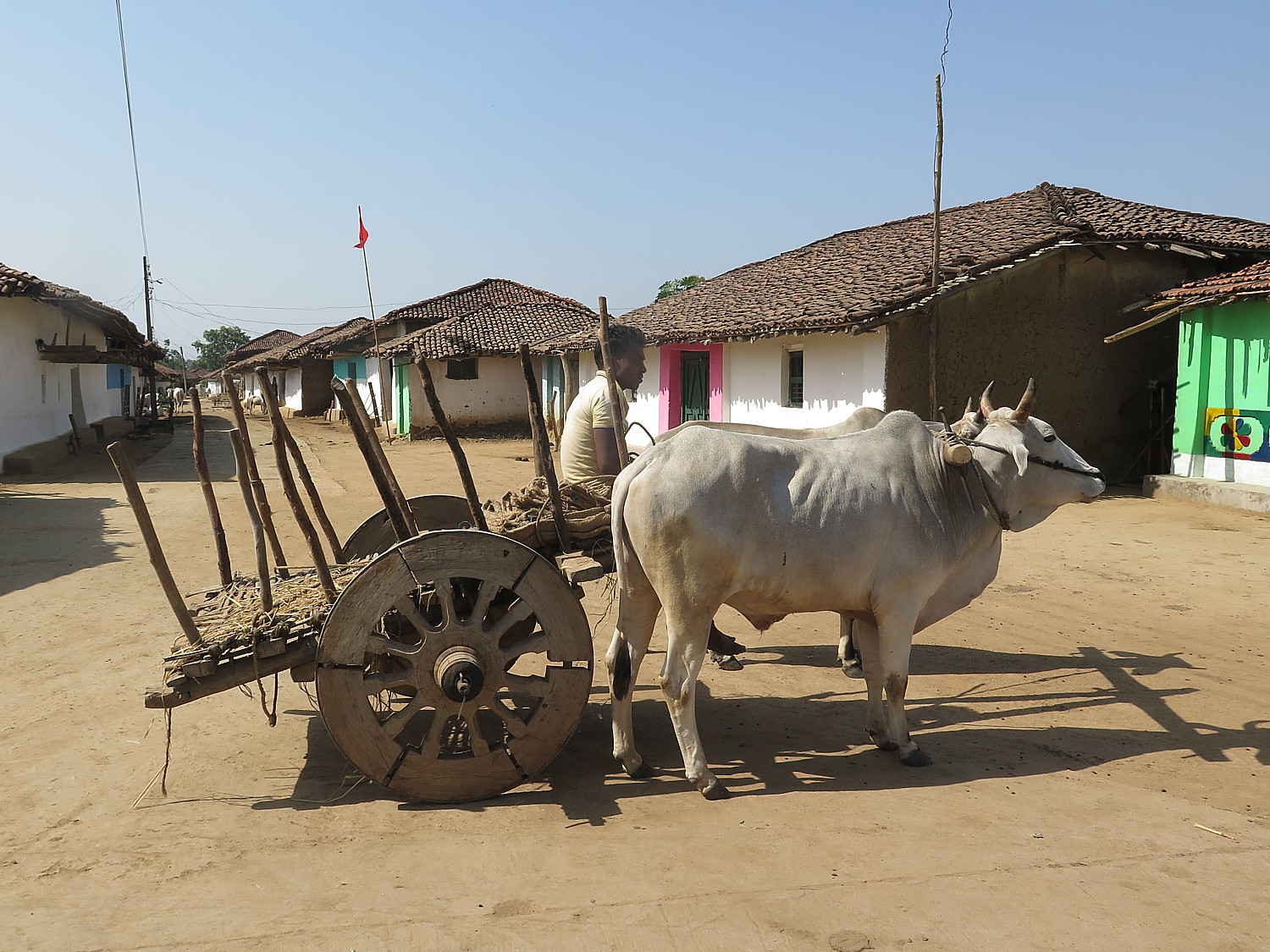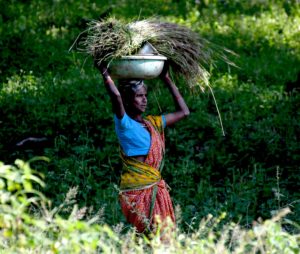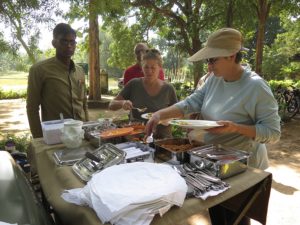By Karen Rubin, Travel Features Syndicate, goingplacesfarandnear.com
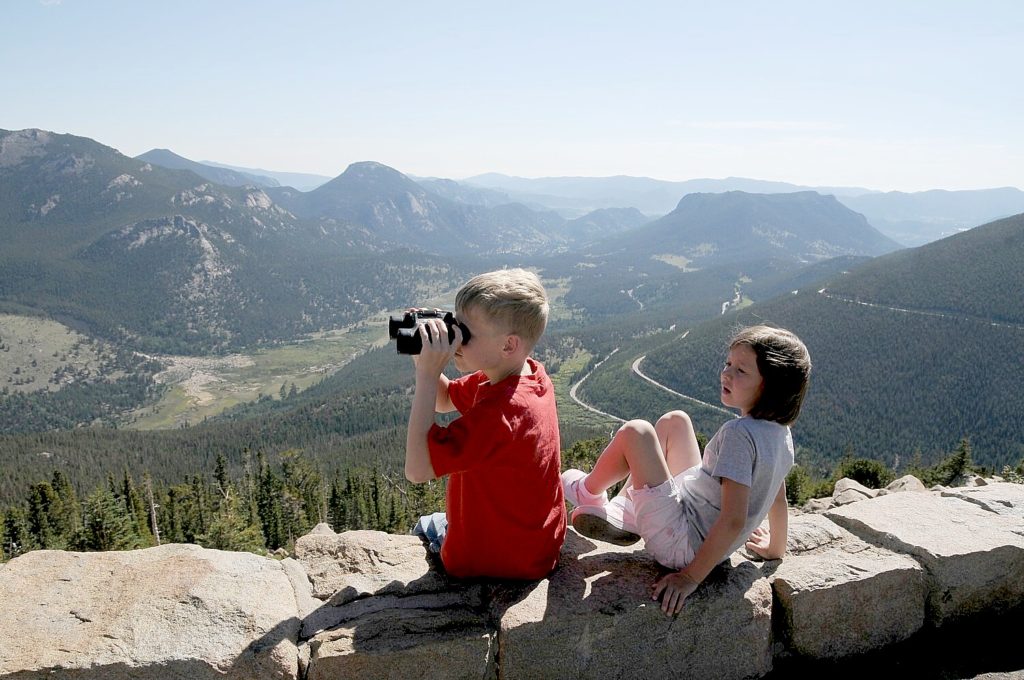
It’s officially the start of the summer family vacation season! Getting out and experiencing things first hand is the best way to cultivate learning, open minds and hearts. Travel experiences engage children, forge bonds and build lifelong memories. Here are some “get out there and do it” summer family vacation ideas:
Family Adventures
Looking for adventure, for discovery, for immersion in culture, heritage or the natural world? Many of the most respected ecotourism and adventure operators offer special itineraries tailored for families:
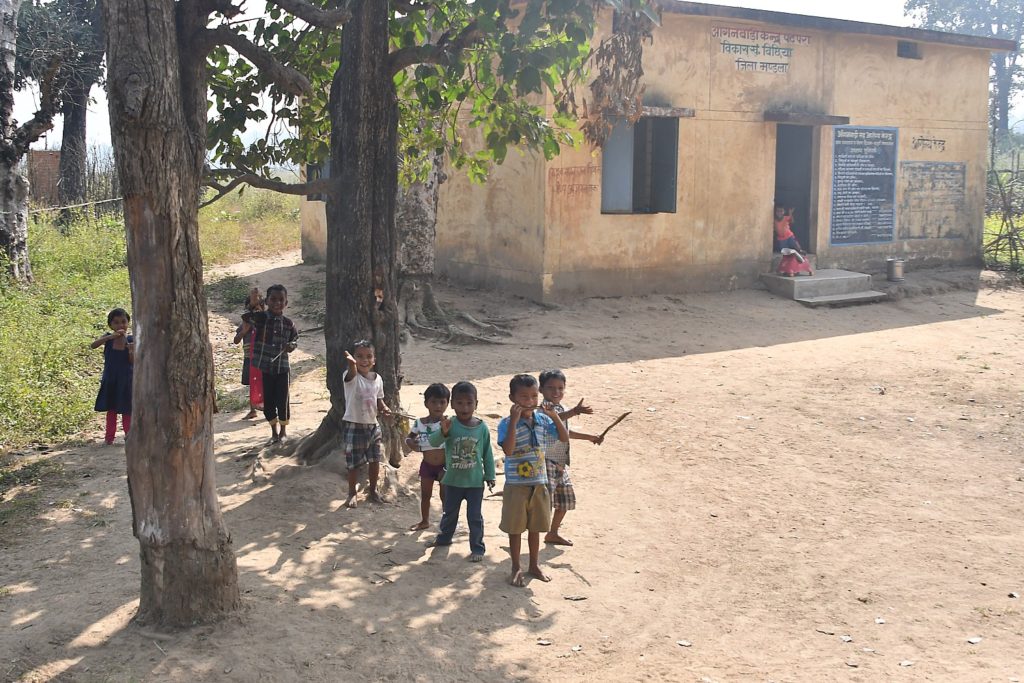
Wild Planet Adventures has family-focused departures in Costa Rica, Africa, Borneo, Brazil, Costa Rica, Galapagos, India, Laos, Nepal, Panama, Peru, Thailand and Zambia. “If your kid lives for Animal Planet, then their eyes will light up when you bring them to visit the same world famous Sloth Sanctuary they saw on the Discovery Channel, where baby sloths are being fed with an eye-dropper at their breakfast table. They’ll go crazy for our hands-on wildlife rescue center in Costa Rica, our treehouses, ziplines, tiger sanctuary and floating aqua-lodge in Thailand, the penguins and mating and courtship rituals of the wildlife in the Galapagos, and the cowboy adventure activities in Brazil’s Pantanal, culminating with sightings of jaguars. The mix of wildlife and cultural experiences in India is particularly suited to parents who want to ignite their family’s passion to make a difference in the world. It will instill a genuine sense of gratitude and appreciation for life, for the opportunities we have, and for the things we take for granted.” Wild Planet customizes family departures with a minimum of 4 travelers and often puts families with similar age kids together on the same trip which means new friends for the kids. (800-990-4376, www.wildplanetadventures.com/family-trips)
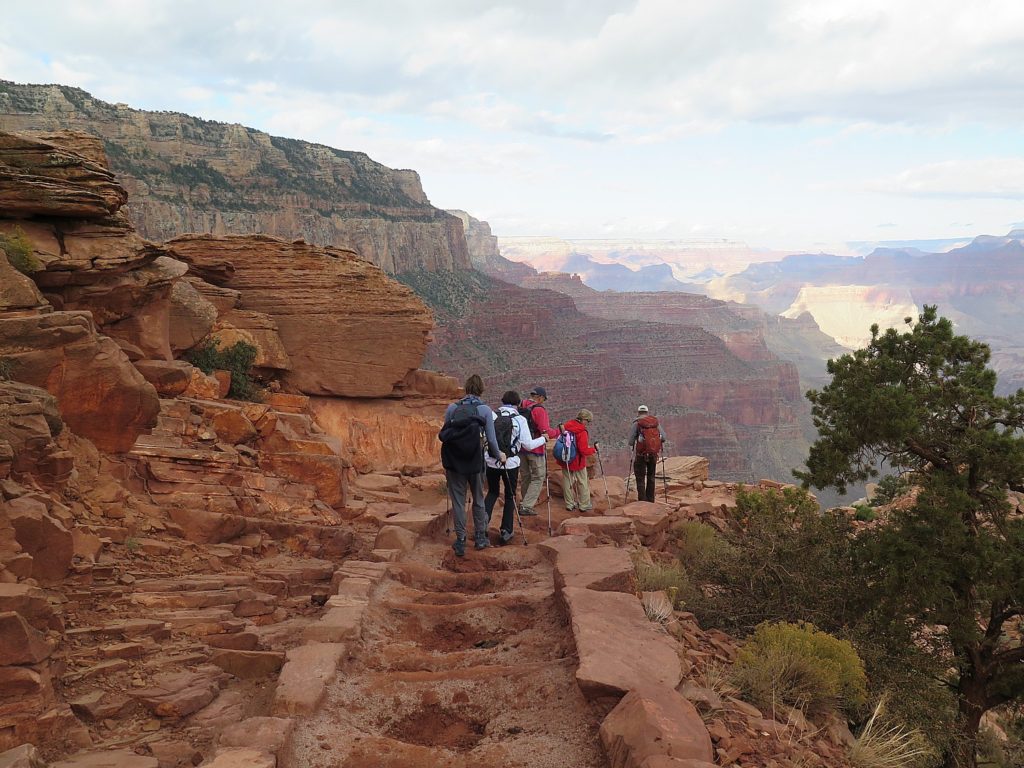
Austin Adventures is offering 40 family adventures across the globe, among them itineraries to the most popular national parks including Grand Canyon, Alaska-Kenai Fjords National Park, Bryce & Zion, Yellowstone, Grand Teton, Yosemite, Glacier, the Black Hills of South Dakota (Mount Rushmore), and Banff to Jasper national parks (austinadventures.com, 800-575-1540). To assist in vacation planning, Austin Adventures also offers a free Insider’s Guide to Planning the Perfect Family Adventure (www.austinadventures.com/free-family-travel-guide/).
National Geographic Family Journeys, in partnership with G Adventures, is a new line of small-group trips designed for adventurous, multigenerational families in search of a meaningful way to discover the world together. Each itinerary features interactive activities inspired by National Geographic’s expertise in photography and storytelling, wildlife, culture, and history to encourage kids and adults alike to connect with the world around them. Among the destinations: Alaska, Costa Rica, National Parks, Japan, Southern Africa, Tanzania: A Serengeti Safari, France, Iceland, Italy, Morocco, Peru, Vietnam to Cambodia. (www.nationalgeographic.com/expeditions/trip-types/family-journeys)

Smithsonian Family Journeys by Perillo’s Learning Journeys has created a series of multi-generational itineraries, including Discover Japan (meet students of anime), Iceland Explorer, Exploring London and Paris (take a scavenger hunt through the Louvre) and Discover Ireland (learn to speak Gaelic). (Visit https://www.learningjourneys.com/family-journeys/smithsonian, 855-215-8691; Perillo’s Learning Journeys, www.learningjourneys.com, 888-884-8259; www.SmithsonianJourneys.org).
Thomson Family Adventures, Watertown, MA, has new family itineraries in Iceland, Scotland, Morocco, Brazil, Egypt and Vietnam (familyadventures.com, 800-262-6255).
Wildland Adventures, Seattle, WA, offers specially tailored family adventures to South America, Asia, Central America, Mediterranean, North America, as well as Africa family safaris (www.wildland.com/travel-styles/family-travel, 800-345-4453)
Bike Tours
Biketours.com, Chattanooga, TN which specializes in Europe, has recommended itineraries for families; I can personally recommend the Danube Bike Trail, Passau to Vienna, which I did with my sons – one of the best trips of my life. You can do it as a self-guided tour – it is very easy to follow, and that gives you more control over your schedule, as well as excellent value. BikeTours.com also offers an itinerary specially tailored for families with children (1222 Tremont Street, Chattanooga, TN 37377, 877-462-2423, 423-756-8907, [email protected], www.biketours.com/family-friendly).
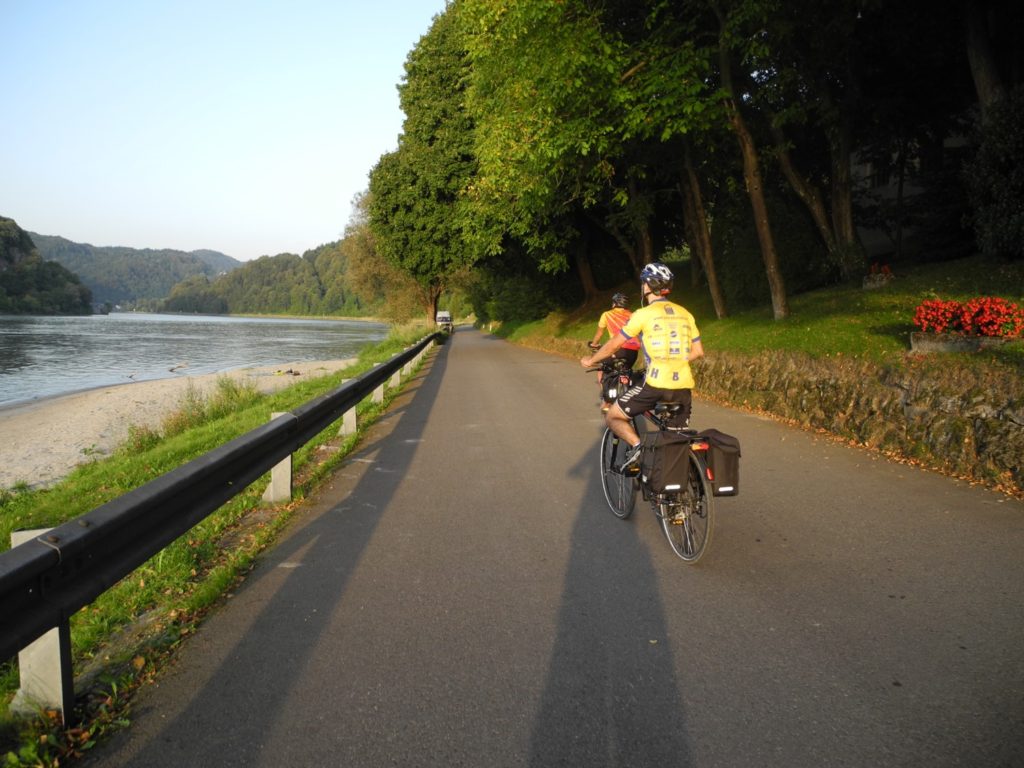
Backroads, Berkeley, CA, features active family adventures (biking, walking, hiking, multi-sport) by age category: Families with Older Teens & 20s (17+), Teens & Kids (9-19) or Younger Kids (8 and under). (800-462-2848, www.backroads.com/award-winning-tours/all-family)
Trek Travel has family itineraries that include biking, hiking, kayaking and ziplining in places like Zion National Park, the San Juan Islands, Vermont and Prague-to-Vienna. (866.464.8735, https://trektravel.com/trip-type/family/)
Bicycle Adventures has a family biking trip to Mount Rushmore http://bicycleadventures.com/tours/family-bike-tours
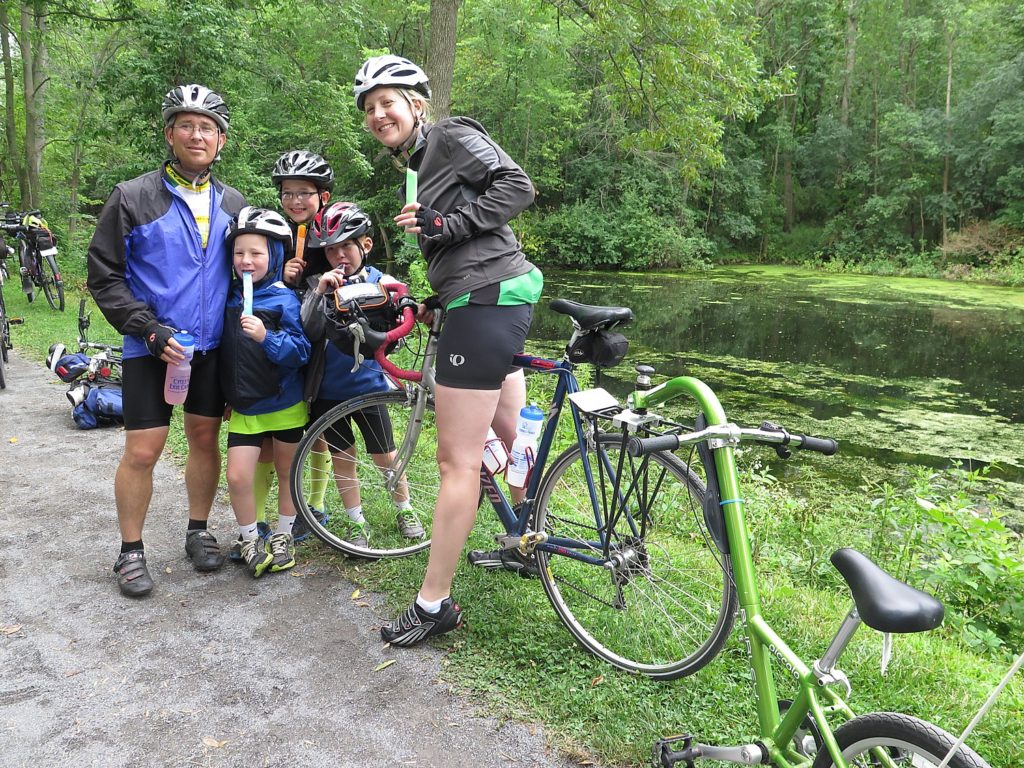
We have also recommended outstanding biketours close to home that do good while giving everybody a fantastic experience: Parks & Trails NY offers its annual 8-day 400-mile Cycle the Erie camping and biking adventure (400 miles and 400 years of history!) that draws families of all configurations (grandparents with grandchildren, multi-generations, father-daughter, mother-son) and ages, some with tiny tots in tow, as well as self-pedalers as young as 10 years old. A major highlight is camping out at Fort Stanwix, Rome NY, an 18th century living-history experience. This year’s trip is July 7-14 (518-434-1583, www.ptny.org/cycle-the-erie-canal/annual-bike-tour)
Camping
Camping has really changed over time, frequently offering a range of experiences from rustic adventures to resort-style all in the same venue. Kampgrounds of America, with 485 locations in North America, makes it easy to find camping resorts by destination, amenities and programming (www.koa.com/Campgrounds). We have a personal favorite: the Herkimer Diamond Mines KOA is a true camping resort, set along a creek (tubing, fishing) and close by the Erie Canal (cruises, biking), and most unique of all, a chance to mine for Herkimer diamonds! The Herkimer KOA offers unbelievably delightful themed cabins (would you believe a cabin with its own star observatory?), fabulous activities. Choose a cabin, cottage or RV or tent site. (Herkimer Diamond KOA, 4626 State Route 28, Herkimer, NY 13350, 315-891-7355, www.herkimerdiamond.com.)
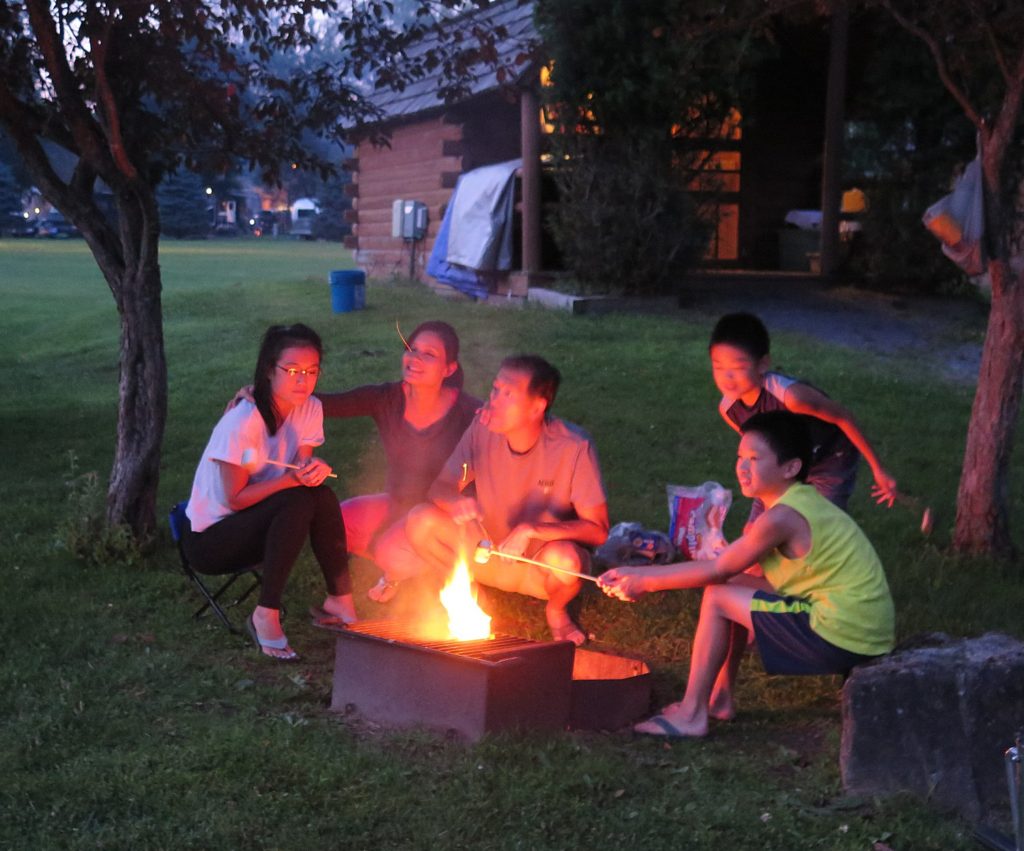
The most intriguing in my book is the full-service Lion Country Safari’s award winning KOA campground located adjacent to the 320 acre drive through wild animal preserve and theme park, yet secluded enough for a restful campout (though you are apt to hear the lions roaring), offering RV sites, tent sites and rustic cabins (www.lioncountrysafari.com/koa/, 561-793-1084).
Dude Ranches
One of the best family experiences (a nonstop giggle) is on a dude ranch. New York State actually has several of them, such as Rocking Horse Ranch Resort, Highland, Hudson Valley, (845-691-2927, www.rockinghorseranch.com), which has been delighting generations of families with its all-inclusive fun (meals, entertainment, activities and riding). Pine Ridge Dude Ranch (the new owners of the venerable Pinegrove Ranch), 30 Cherrytown Rd, Kerhonkson, NY 12446-2148, 866-600-0859, www.pineridgeduderanch.com). Ridin’ Hy, an absolutely delightful guest ranch in the Adirondack State Park, near Lake George, Warrensburg, NY, Warrensburg, NY 12885, 518-494-2742, www.ridinhy.com.
But if you want your cowboy hat to really mean something, go where you can be a cowpoke for a spell, here are other suggestions from Gene Kilgore, publisher of www.top50ranches.com, www.ranchweb.com and www.ranchvacations.com.
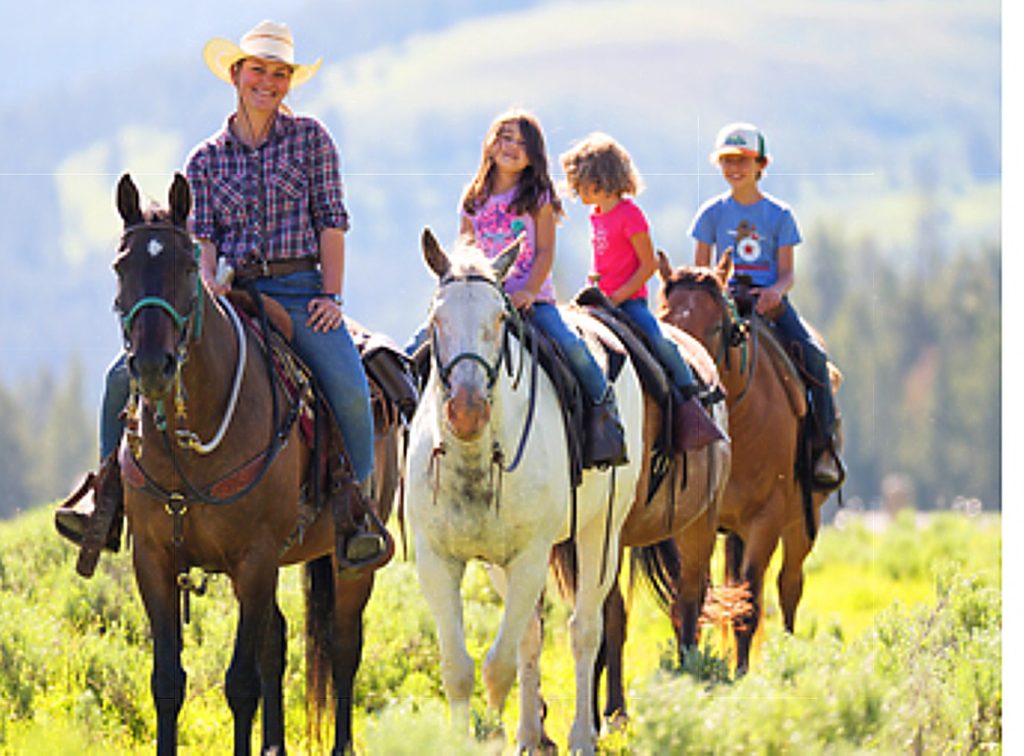
In the Canadian Rockies, Three Bars Guest and Cattle Ranch (www.top50ranches.com/ranch-vacations/three-bars-ranch); California’s Rankin Ranch has run cattle at the southern tip of the Sierra Nevada mountain range since 1863 (https://ranchweb.com/tour/bill-rankin/); Colorado’s Lost Valley Ranch in the front range of the Rockies (https://ranchweb.com/tour/lost-valley-ranch/); Montana’s Nine Quarter Circle Ranch (https://ranchweb.com/?s=quarter+circle); Wyoming’s Paradise Ranch in the Big Horn Mountains has been a dude ranch since 1907 (https://www.top50ranches.com/ranch-vacations/paradise-ranch).
Check out the Colorado Dude & Guest Ranch Association members (www.coloradoranch.com, 866-942-3472), like the luxurious C Lazy U Ranch which since 1919 has provided highest level of personalized service, professional horsemanship programs, first-class amenities, enriching children’s programs, gourmet meals and upscale accommodations; or the Bar Lazy J Guest Ranch, which opened in 1912 and considered the oldest continuously operating guest ranch in Colorado, is also ideally located just southwest of Rocky Mountain National Park and nestled in a peaceful valley along the Colorado River.
Resorts with a Twist
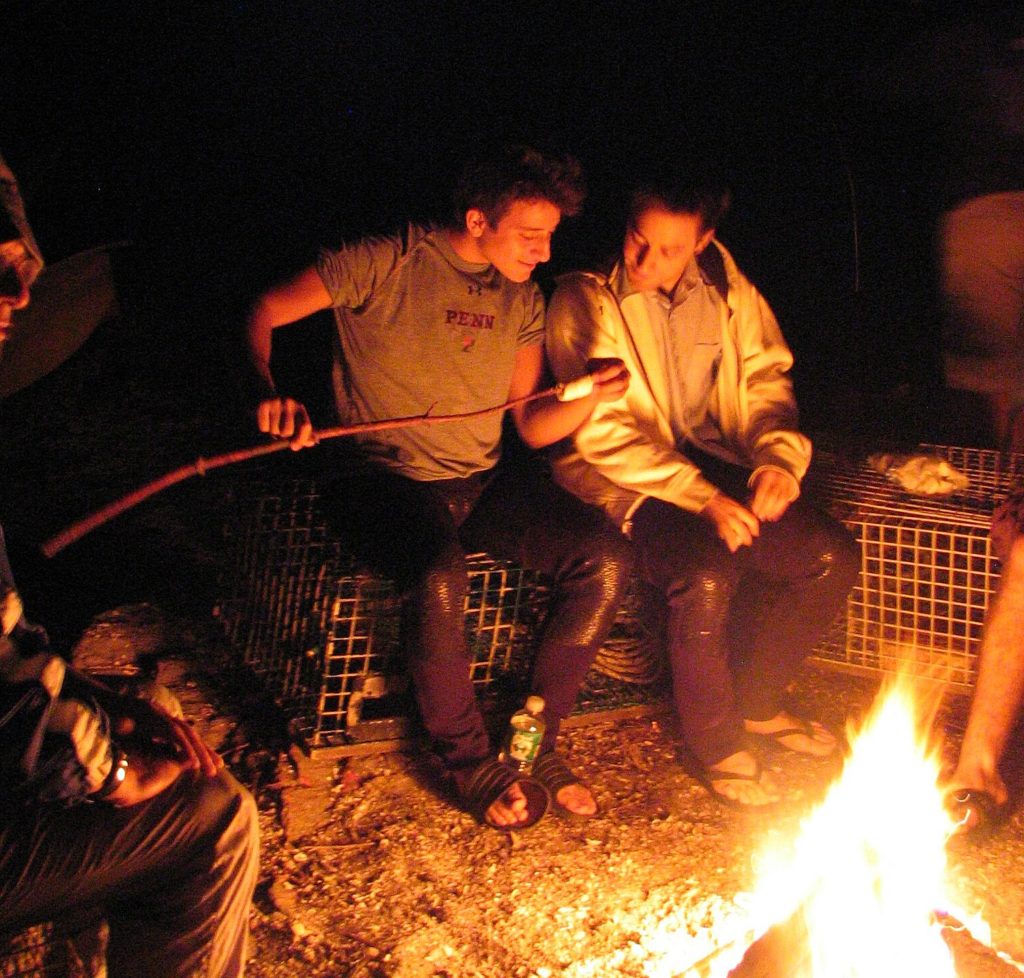
Sebasco Harbor Resort, Mid-Coast, Maine: This resort (“Pure Maine”) manages to be a delightful cross between fine resort and a camp, with plenty of opportunity to be outdoors, while still enjoying such refinements as golf, full-service waterfront Fairwinds Spa, plus marvelous activities like kayaking (do the moonlight kayak trip, it is beyond fabulous), boating. Actually, you can imagine Sebasco being the kind of “camp” that the Gilded Age moguls would have for one of their holiday homes. Nestled among whispering pines on the rugged coast Sebasco spans 550 acres with breathtaking views and a wealth of activities the entire family can enjoy. We stayed in the converted Lighthouse for the most magical experience. Check out special deals. (Sebasco Harbor Resort, 29 Kenyon Rd., Sebasco Estates, ME, 04565, 877-389-1161, www.sebasco.com).
Among our favorite grand, historic resorts for families for facilities, activities programs, destination, sense of heritage and “place,” and overall aahhh experience:
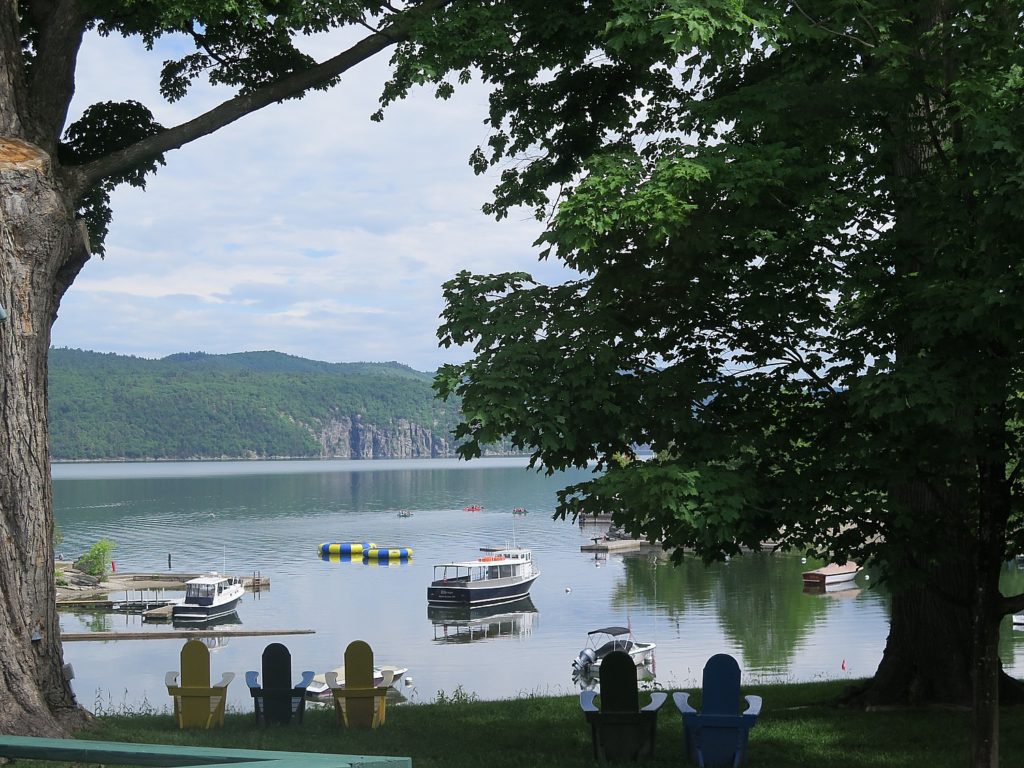
Basin Harbor Club, Vergennes, Vermont on 700 acres of Lake Champlain shoreline is about the best family-friendly luxury resort you can imagine. Just about every activity you would want is on hand: golf, hiking, biking, kayaking, cruises on Lake Champlain, fishing, watersports, tennis, outdoor pool children’s activities program (4800 Basin Harbor Road Vergennes, VT 05491 [email protected], 800.622.4000 or 802.475.2311, www.basinharbor.com).
Mountain Top Inn & Resort, tucked in a Courier & Ives landscape in Chittenden, Vermont, near Killington, has all the charm, the warmth, the cozy, intimate hospitality of a country inn, and all the luxury, amenities, activities and quality dining of a resort. It offers just about every outdoors activity you can imagine, even an equestrian center, private lakeside beach, children’s adventure camp, tennis, disc golf, clay-bird shooting, and hiking, biking, golf nearby. (195 Mountain Top Road, Chittenden, Vermont 05737, 802-483-2311, www.MountainTopInn.com)
A real novelty in historic hotels (and a fantastic city to visit) is the Choo Choo Train Hotel in Chattanooga, TN, where you actually stay in a historic train car (motel rooms also available), and the station is the restaurant and lobby. So fun! (1400 Market Street, Chattanooga, TN 37402, 423-266-5000, 800-Track29, choochoo.com)
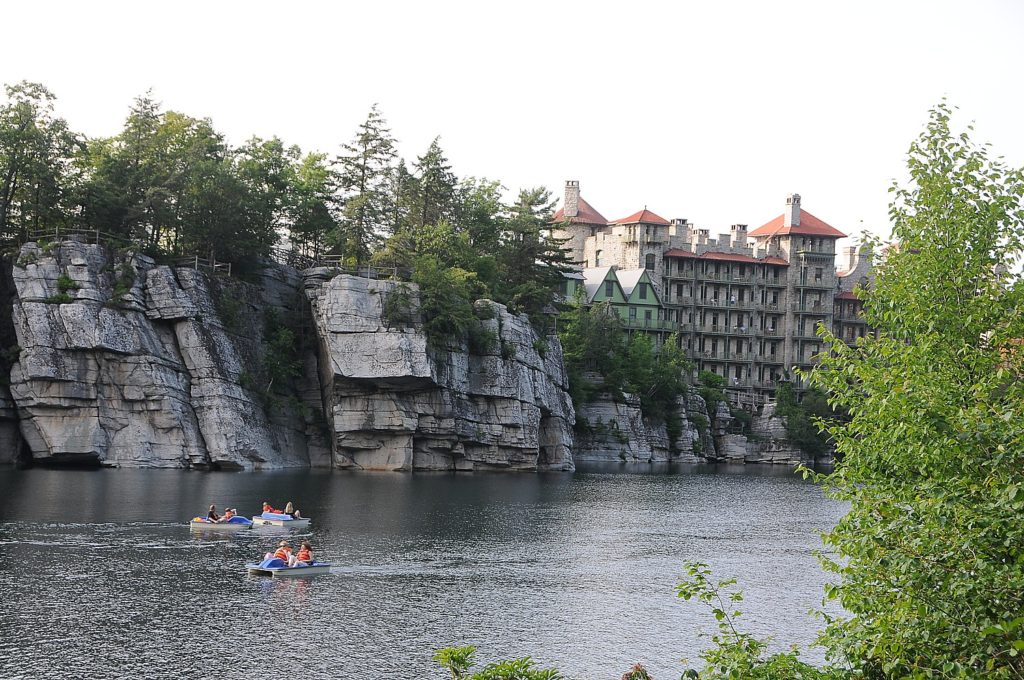
Other favorites: Mohonk Mountain House (gorgeous setting, water sports, horseback riding, fantastic hiking, climbing, Victorian elegance); Equinox, Manchester, Vt. (all sports including falcon training, world-class spa,); The Sagamore, Bolton Landing on Lake George NY (Gilded Age ambiance); The Hotel Hershey, Hershey, Pennsylvania (added benefit: proximity to Hershey theme park); Cranwell Resorts, Spa and Golf Club, Lenox, MA (proximity to all the culture of Lenox, including Tanglewood, plus historic sites like Melville’s home, Arrowwood);The Boulders, Colorado Springs, Colorado; Skytop Lodge, Skytop, Pennsylvania. (Many more ideas at historichotels.org, 800-678-8946.)
Also, many of the mountain resorts known for skiing transform into summer destinations with mountain biking, hiking, ziplines, children’s activity programs and scores of outdoor pursuits, and significantly, typically offer great rates and package deals for summer: Smugglers Notch is renowned for having the best children and family activities program anywhere, smuggs.com); Stowe, Vt. (stowe.com), famous for its Topnotch Resort (find specials at www.topnotchresort.com/packages-specials); Hunter Mountain (huntermtn.com); the Vail resorts (www.snow.com/info/lodging-sale.aspx).
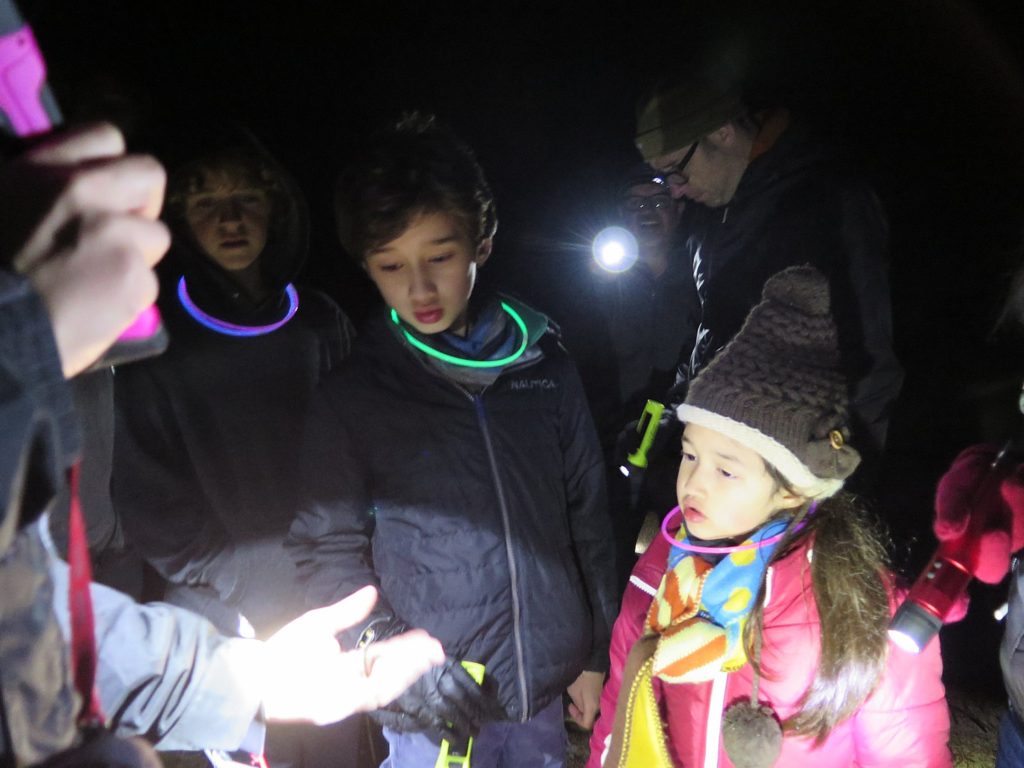
Are you lucky enough to be visiting Yosemite National Park? You couldn’t ask for a more spectacular accommodation than Tenaya Lodge, a full-service luxury resort hotel, closest to entrance to the park, now offering guests to receive a free 7-Day Yosemite Park Pass and up to 25% off select activities at the time of booking. (My Yosemite Offer valid through Sept. 21, 2019, based on availability, 866-467-0874, use Promo Code: MYYOSEMITE, TenayaLodge.com).
Cruising
Cruising is always a great choice for families – a way to see lots of different places with minimal hassle. Best itineraries (and cruiselines that have best family programs) are to Alaska, the Galapagos (really a favorite for grandparents to take their grandkids). I would also suggest Bermuda as a fantastic cruising destination, easy to reach from the New York metro area, that is so rich in culture, history and nature (beaches!) (Royal Caribbean sails from Bayonne; Norwegian from New York)
For those who want a floating resort with rock walls, ropes course, ziplines, glitzy Broadway and Las Vegas-style entertainment and great supervised children’s activity programs, the most acclaimed lines are Royal Caribbean; Norwegian Cruise Line; Carnival Cruise Line; Disney Cruise Line and Princess Cruises. (See more at www.cruisecritic.com; booking help at cruisecompete.com).

But here is a novel choice: Maine Windjammer Cruises – these are historic sailing vessels repurposed for passengers, that ply the waters around Rockland and Camden, Maine in the Penobscot Bay. The experience is more rustic (part of the fun!), where passengers can help raise and lower sails, even steer, help serve and gather plates for meals served in the galley or on deck. You can even choose to sleep out under the stars instead of in the cabin, which is outfitted more like you would expect of summer camp, with bunk beds and shared bathroom facilities (hot showers are available). All the cruises typically include a lobster bake on a secluded beach.
Many of the cruises have special-interest themes, and some are very dramatic that include a Schooner Gam, where all the historic schooners gather in one place and tie up and passengers can go and visit; there is also an annual Schooner Race which is tremendous fun. Visit the Maine Windjammer Association for a list of the eight ships in the fleet and description of age-appropriate sailings (usually 10 years old) and themed cruises (music, storytelling, whaling, wellness, seamanship, among them). In the past, we have sailed on the Victory Chimes (the largest in the fleet) and the American Eagle (www.sailmainecoast.com, 800-807-9463).
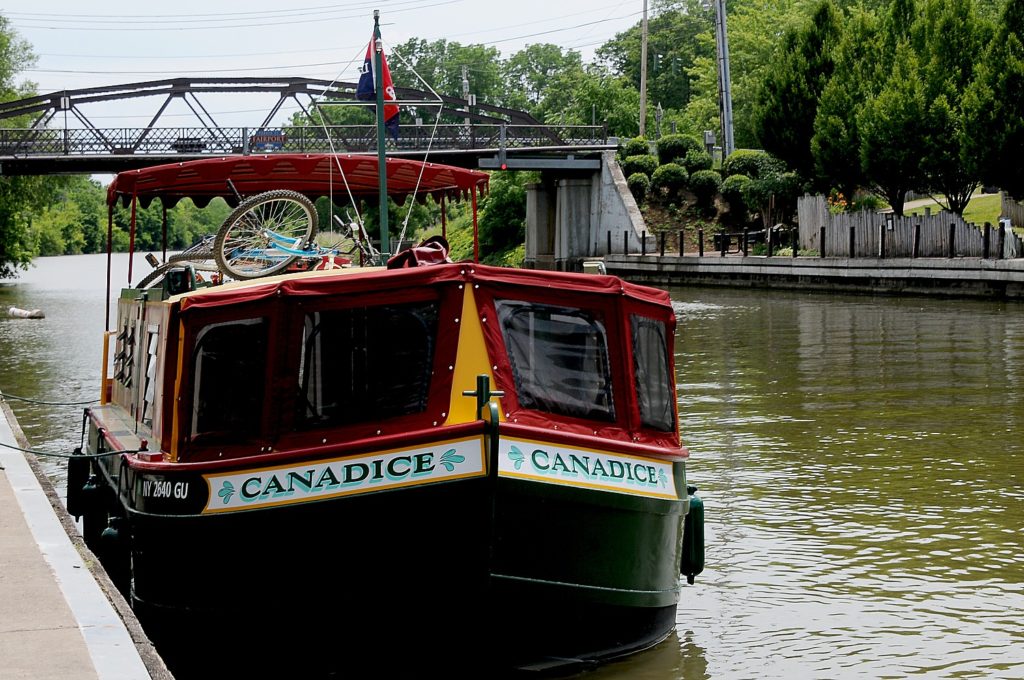
Another novel experience is renting a canalboat on the Erie Canal (like a floating RV), tying up where whimsy takes you and exploring the canaltowns on foot and by bike on the tow-path that has been turned into a bikeway. It’s an amazing way to immerse yourself in history, and terrific fun to go through the locks, and have the bridges lift just for you. Mid-Lakes Navigation, Skaneateles, has these specially designed Lockmaster canalboats that are easy to maneuver, very comfortable, and oh so charming. (800-545-4318, [email protected], midlakesnav.com).
Attractions with Living History, Immersive Experiences

For more living history (and theme parks and golf and spa to boot! Colonial Williamsburg (www.colonialwilliamsburg.com), with the option to stay at The Williamsburg Inn or Williamsburg Lodge and Colonial Houses (historichotels.org); Jamestown Settlement and the American Revolution Museum at Yorktown (historyisfun.org); Philadelphia (www.visitphilly.org); Newport, RI (www.discovernewport.org); Old Sturbridge Village, MA (www.osv.org), and Portsmouth, NH to experience the Strawbery Banke Museum (www.strawberybanke.org).
And what about immersing in today’s headlines? One of the best family destinations in the world is the nation’s capital, Washington DC, where you can visit the Capital, the National Archives, Museums of the Smithsonian Institution (19 of them) including the National Air & Space Museum, Museum of American History, National Museum of African American History and Culture, National Museum of American History, National Museum of Natural History, National Portrait Gallery, National Postal Museum, Smithsonian American Art Museum, Smithsonian Institution Building (the castle), the National Zoological Park (National Zoo); as well as private museums including the Newseum and International Spy Museum. Plan a visit at Washington.org.

As for theme parks, zoos, aquariums and research centers: consider different experiences that give insider access: Be a zookeeper for a day at Busch Gardens Tampa (which in addition to being a superb themepark is a fantastic zoo, https://buschgardens.com/tampa/tours/keeper-for-a-day/); go behind-the-scenes at Clearwater Marine Aquarium (home of “Dolphin’s Tale” (https://www.seewinter.com/visit/activities/behind-the-scenes/); have a sleepover (“Snore & Roar”) at the National Zoo, Washington DC (https://nationalzoo.si.edu/events/snore-roar-sleepovers-families) or the Palm Beach Zoo, which also offers camp programs.
Some of our favorite themeparks: DisneyWorld (Orlando), Universal’s Islands of Adventure (Orlando), Busch Gardens Tampa, Busch Gardens Colonial Williamsburg, Hersheypark.
_____________________________
© 2019 Travel Features Syndicate, a division of Workstyles, Inc. All rights reserved. Visit goingplacesfarandnear.com, www.huffingtonpost.com/author/karen-rubin, and travelwritersmagazine.com/TravelFeaturesSyndicate/. Blogging at goingplacesnearandfar.wordpress.com and moralcompasstravel.info. Send comments or questions to [email protected]. Tweet @TravelFeatures. ‘Like’ us at facebook.com/NewsPhotoFeatures
